|
Hope you are all having a fantastic Spring Break. Have a Happy Easter!
0 Comments
Venus is the hottest planet in our solar system; its average temperature is nearly 900 degrees Fahrenheit. Venus is covered in thick clouds and is an orangish color. During this invitation to create, we used cotton balls and paint to create our own representation of Venus.
Mars is known as the "Red Planet." It has rocks and red dust. Mars can get very cold. It has creates, mountains and volcanoes. Today we created our own version of Mars using paper, glue, paint, shaving cream and red sand.
Mercury is the closest plantet to the sun.It can be etremely hot or cold. Mercury is rocky and has many craters. It orbits around the sun quickly. Mercry has no moons.
We made hot and cold shapes; we traced different sizes of lids to make blue and red circles. We talked about if you'd rather be hot or cold! We made a planet Mercury stick. The cold side is blue and the hot side is red. Earth is the third planet from the sun. It is special because it is the only planet with known life. Earth is mostly made up of ocean water. We created a collage by gluing continent shapes to a paper plate and I also provided blue and white paint.
Have a FANTASTIC weekend! Comets are big balls of ice mixed with dust and rocks. They are sometimes referred to as "dirty snowballs." Comes have a tail and we can see them flying in the sky. When a meteor falls toward the earth, it becomes a comet with a fire tail. This is the same as a "shooting star." We designed a comet with crepe paper and a pom pom. We tossed them across the room to see them fly!
We built letters with legos. We rolled dice, counted and built towers to match the number on the dice with counting cubes. We had busy St. Patrick's Day! We made leprechaun hand prints, rainbow names, and created a rainbow. I provided the kids with play dough and pipe cleaners and asked how they could build a rainbow.
Astronomers are people who study the moon, stars and planets. They use tools such as telescopes, cameras and computers to see what is in space. A telescope is an instrument used to see objects that are far away, such as stars or planets. We created our own telescopes using cardboard tubes and stickers. I put glow in the dark stars under the table and they pretended to be astronomers with their telescopes.
The moon is very old. It can be seen in the sky as a full circle or in slices. The moon has creates from asteroids hitting it. Humans have landed on the moon. There have been twelve astronauts who have walked on our moon! We pretended to be astronauts and gathered moon rocks to take back to Earth. We rolled up foil pieces and placed them in my special space bag. We learned the surface of the moon is rough and mountainous with many craters. We took turns pressing our finger in a ball of play dough to make craters.
We also created a moon using a large moon rock (foil crumbled into a ball) black and white paint. For literacy, I hid magnet letters in foil and we pretended they were space rocks! They opened up the space rocks, identified the letter and traced the letter. This is also great fine motor work! Did you know the sun is actually white but shows all the colors of the rainbow? The sun is a star. All planets rotate around the sun. The sun is a hot ball of gas, so make sure you don't look directly at the sun!
We designed a sun by mixing yellow and red paint then fringe-cutting the edges to make sun rays. We used a pie pan, play dough and marbles. The yellow play dough in the middle represents the sun and the marbles represent the planets. We tilted the pan to show how planets orbit the sun. |
Archives
May 2024
Categories |
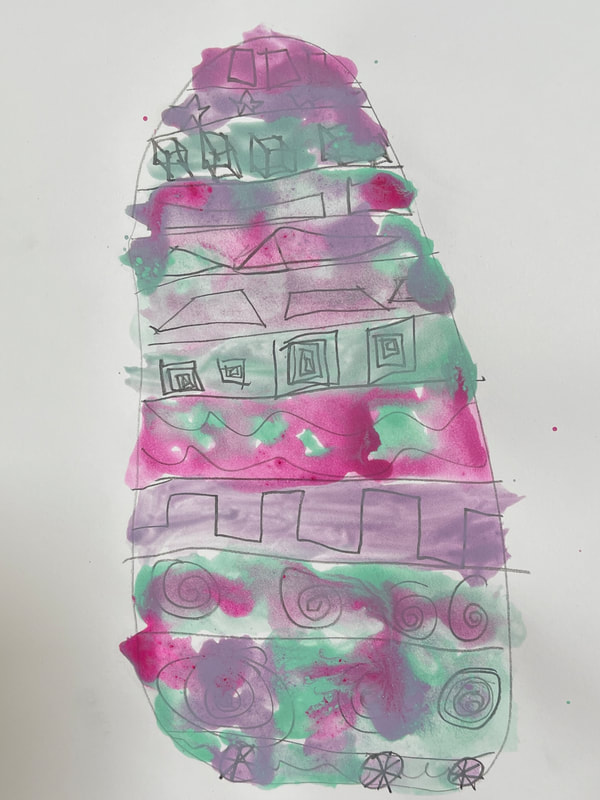
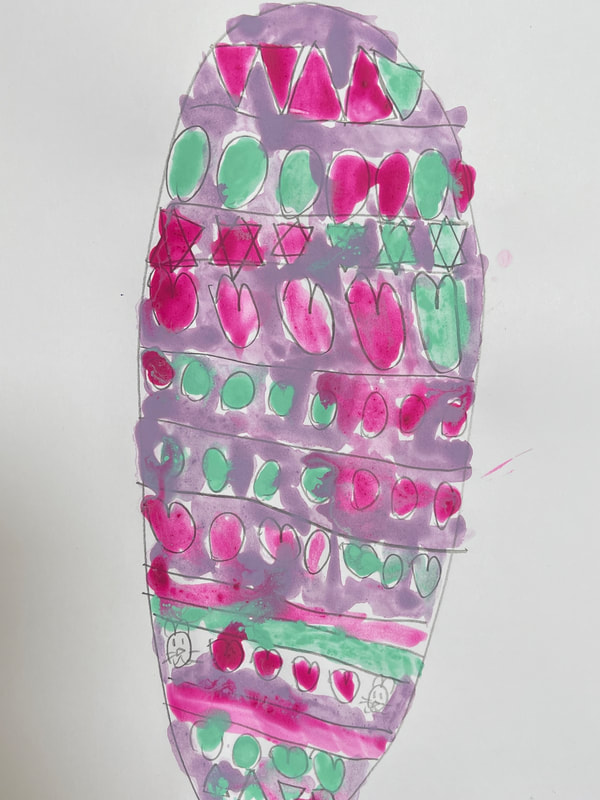
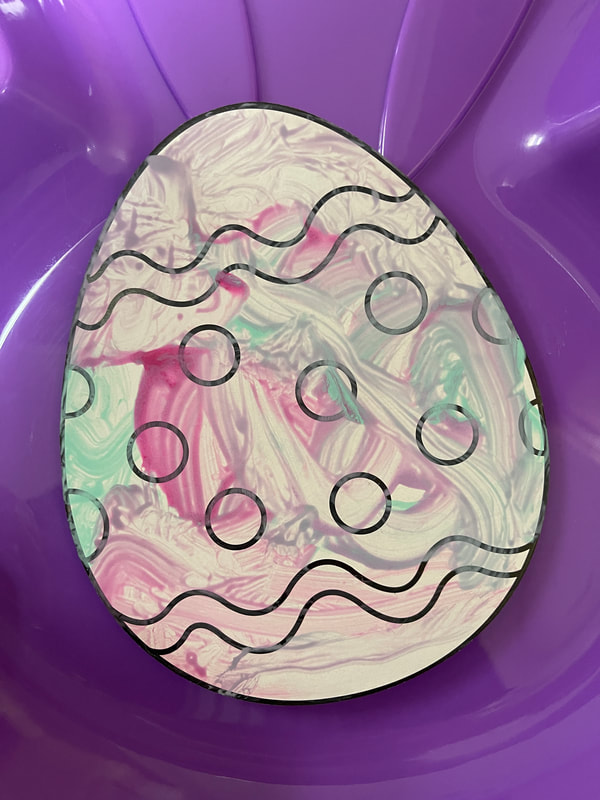


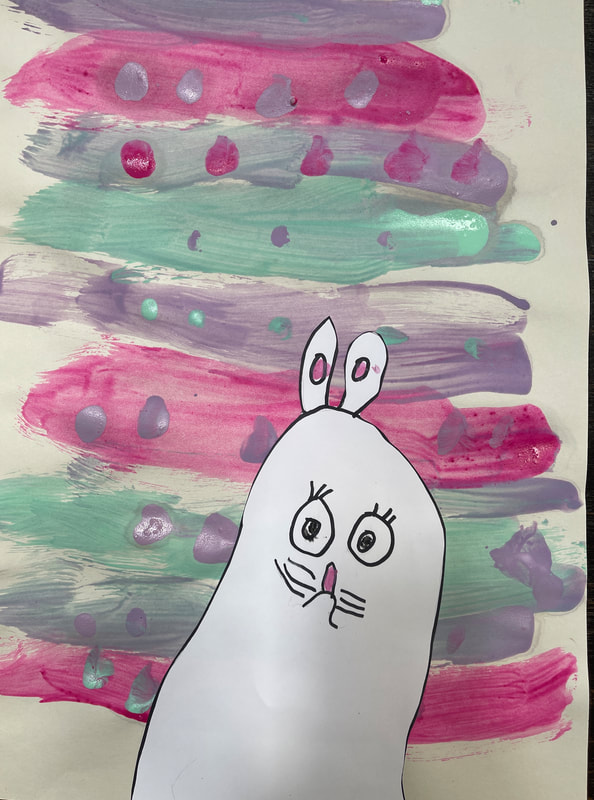
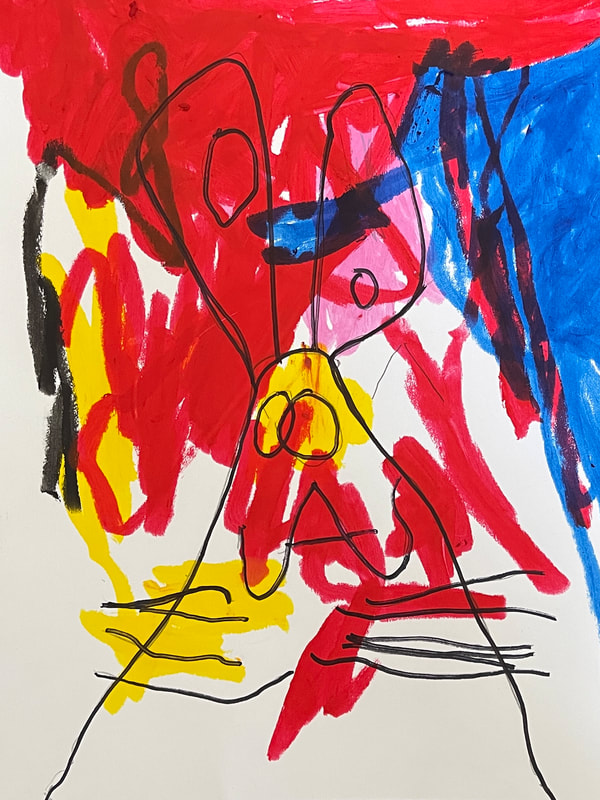
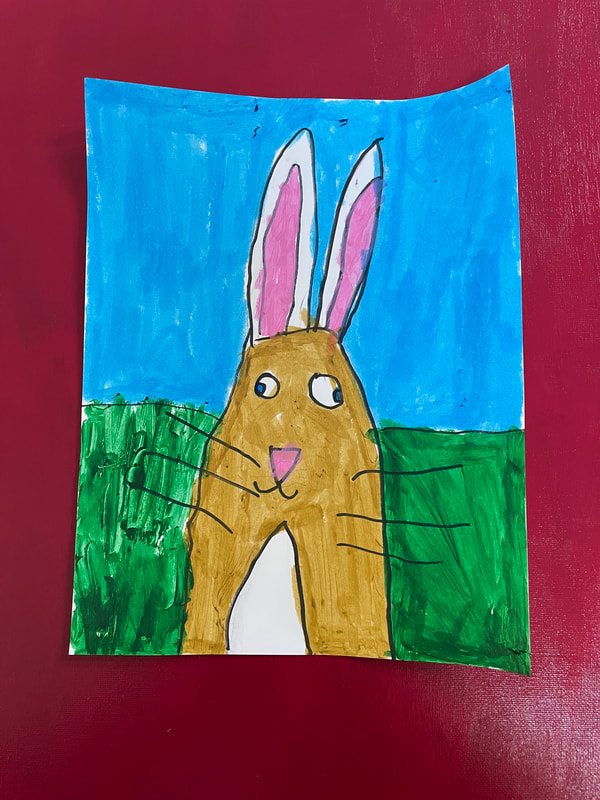
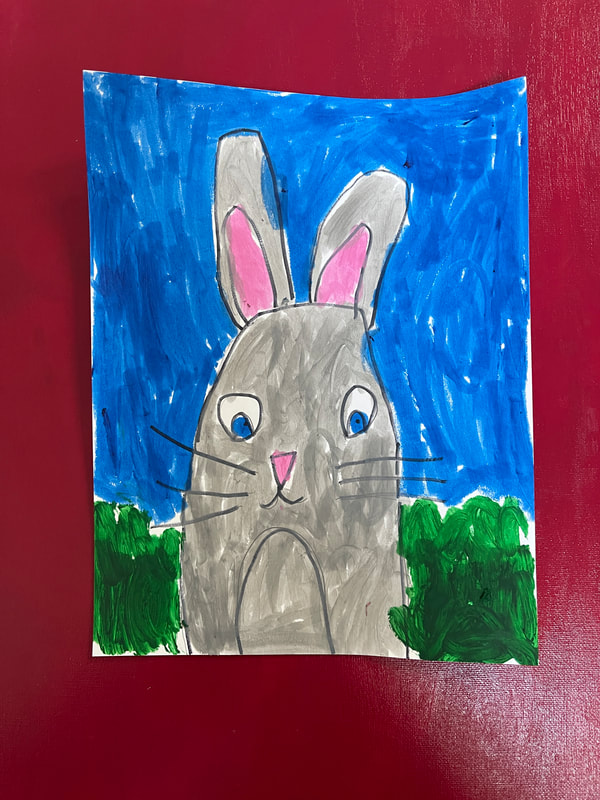
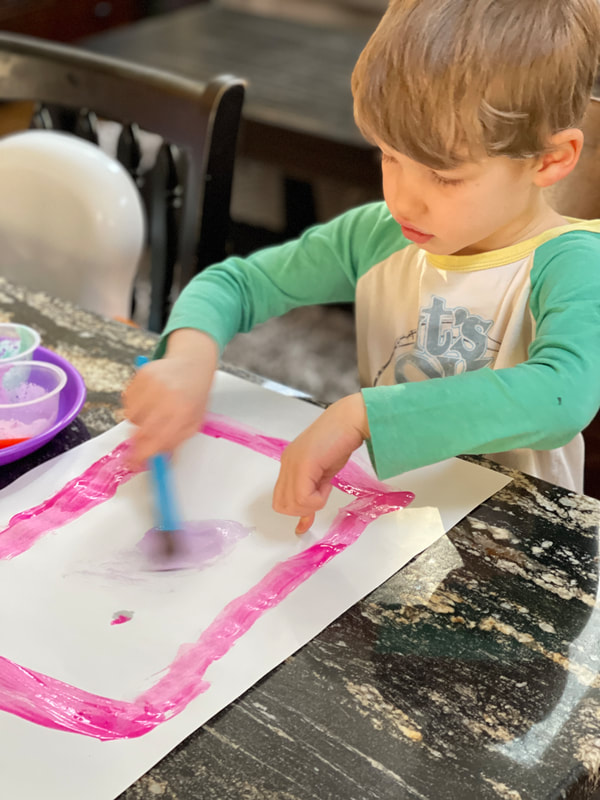

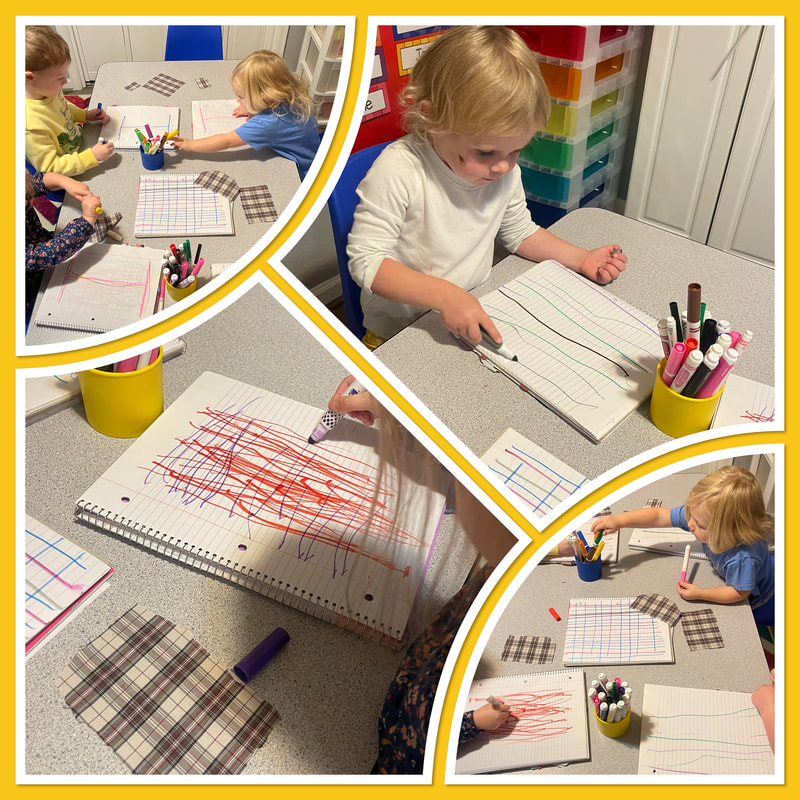
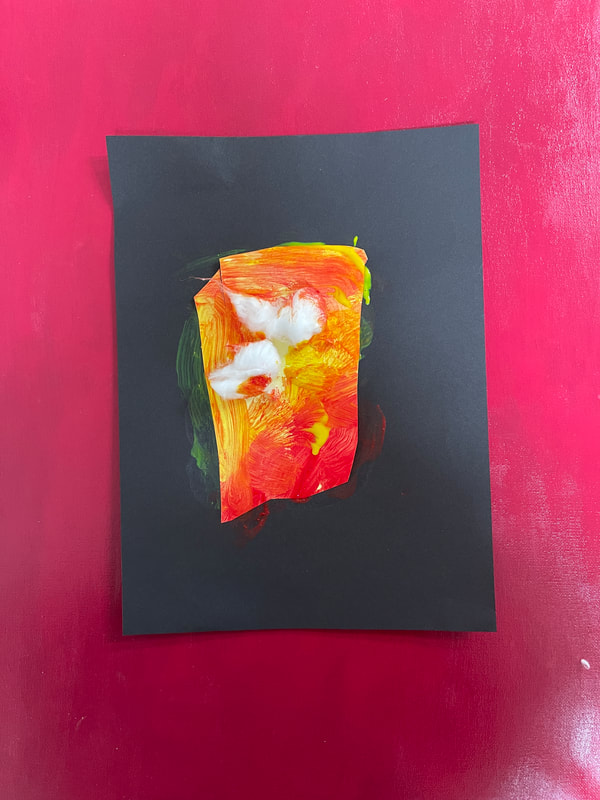
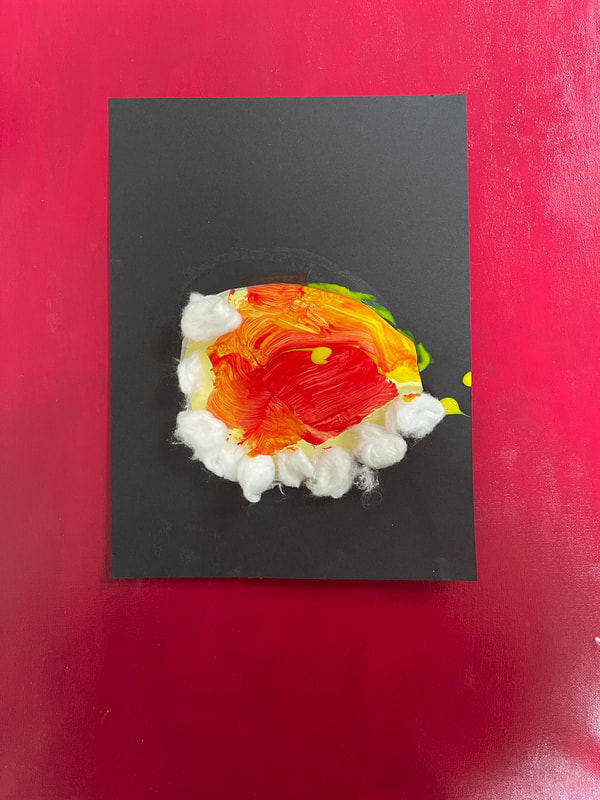
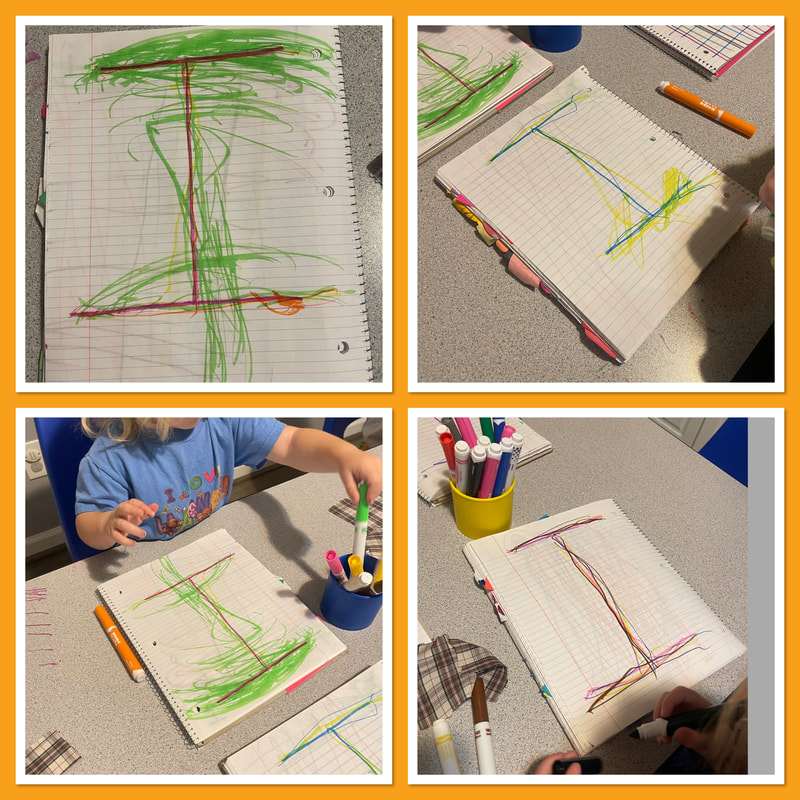
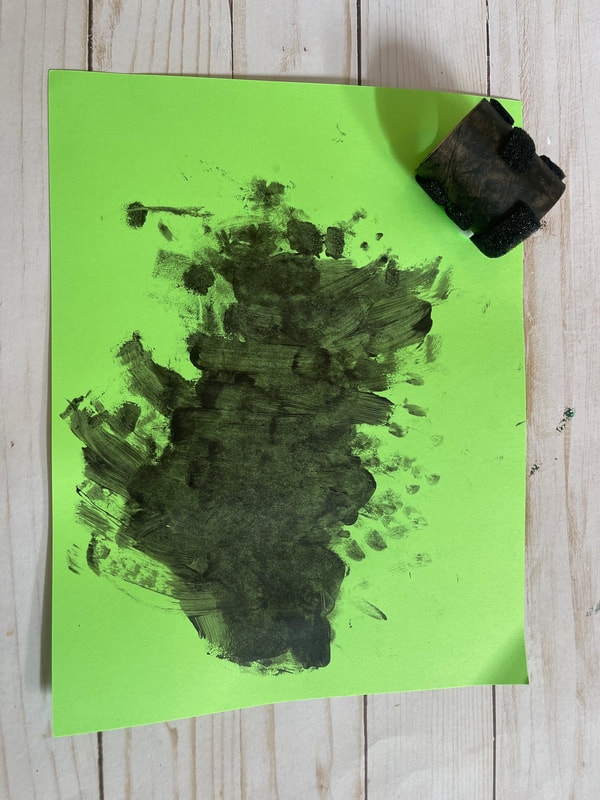

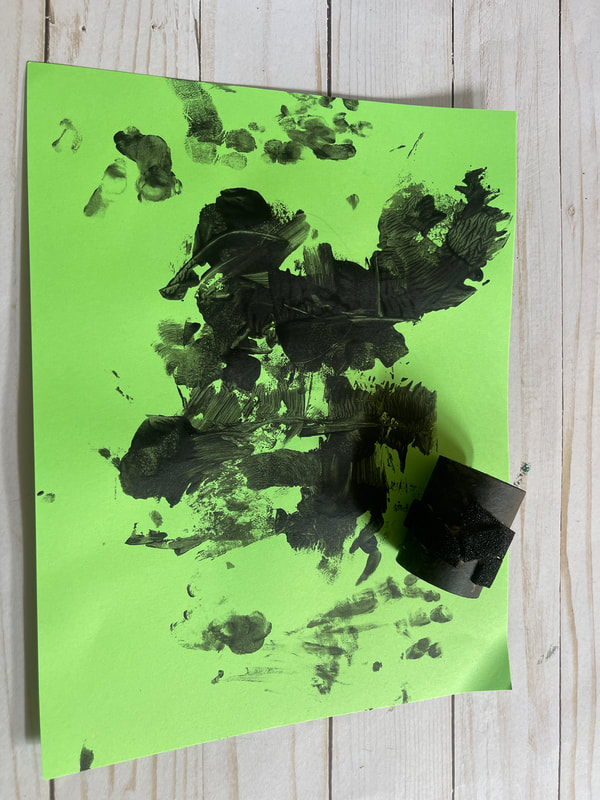
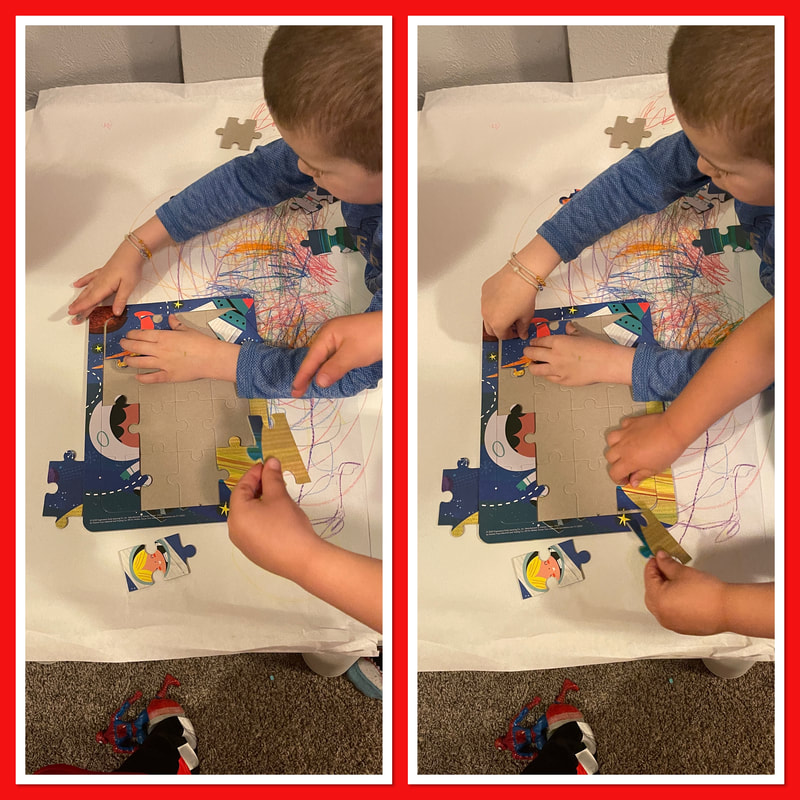
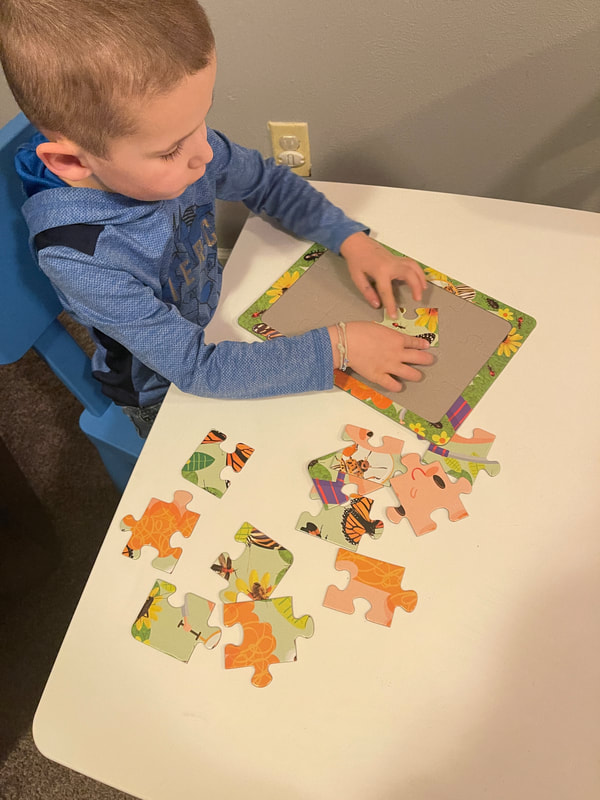

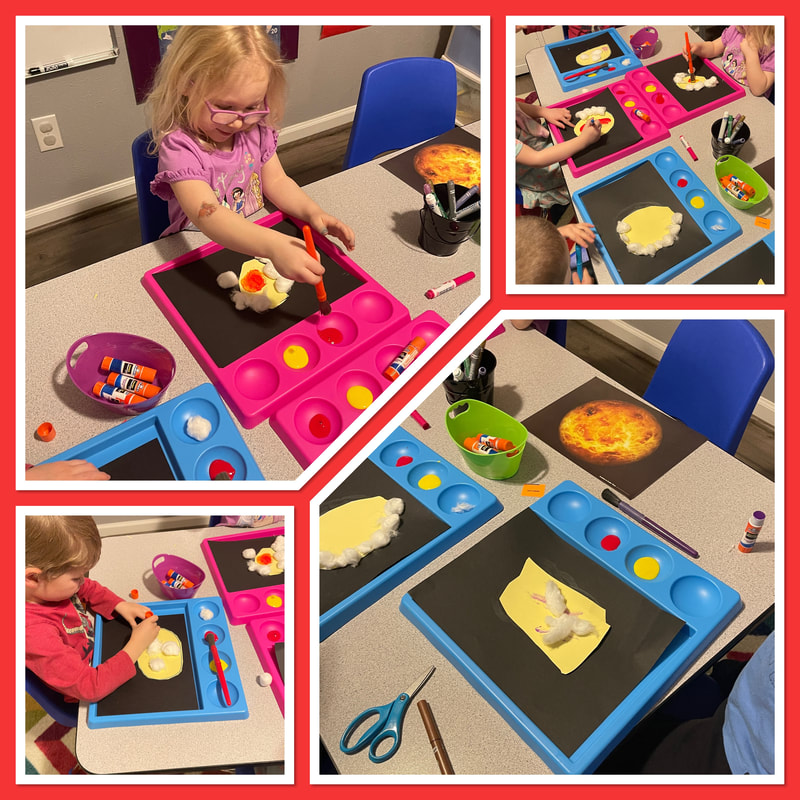


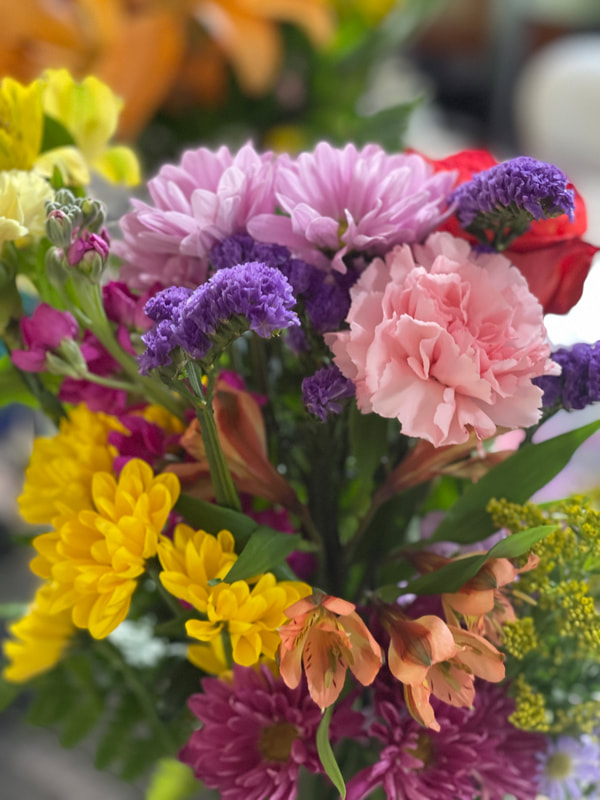
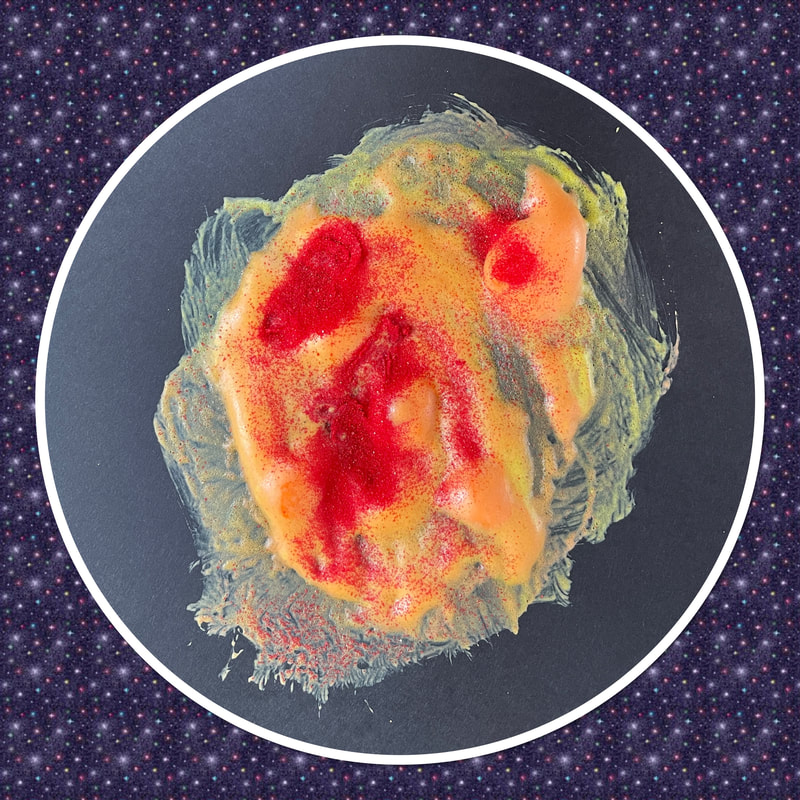

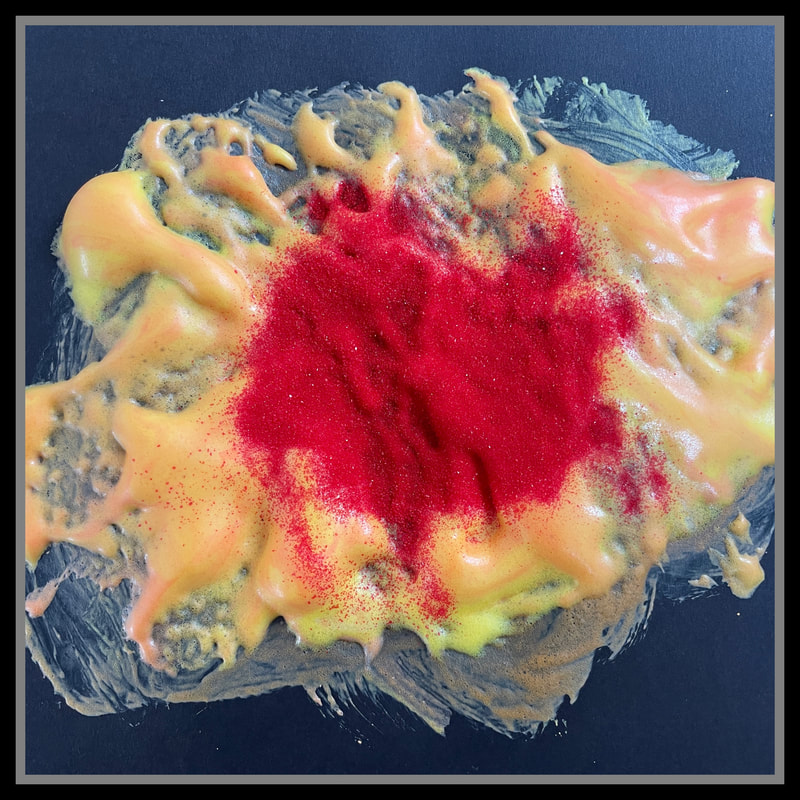




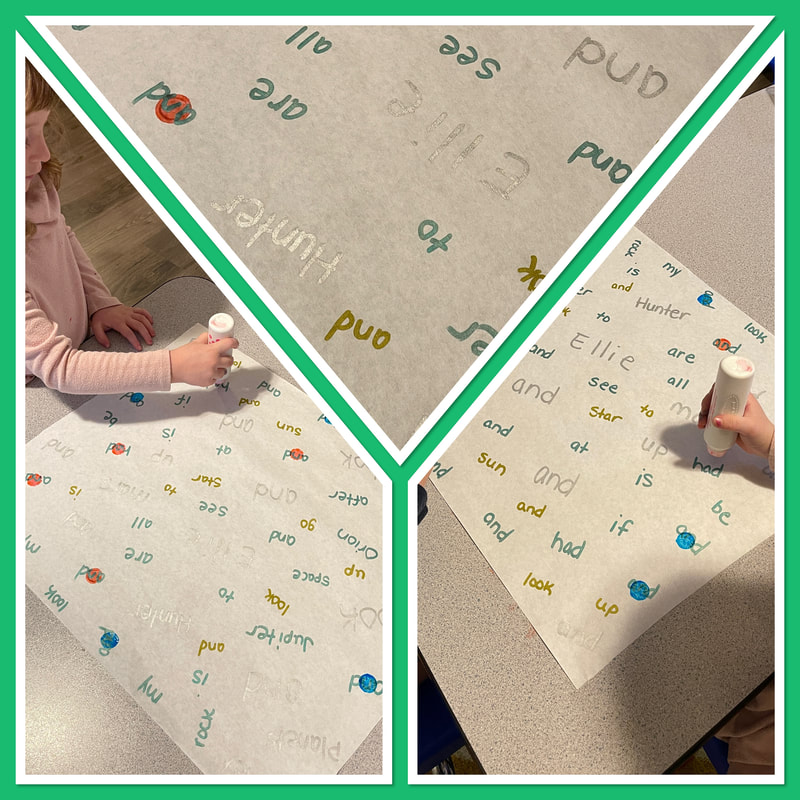
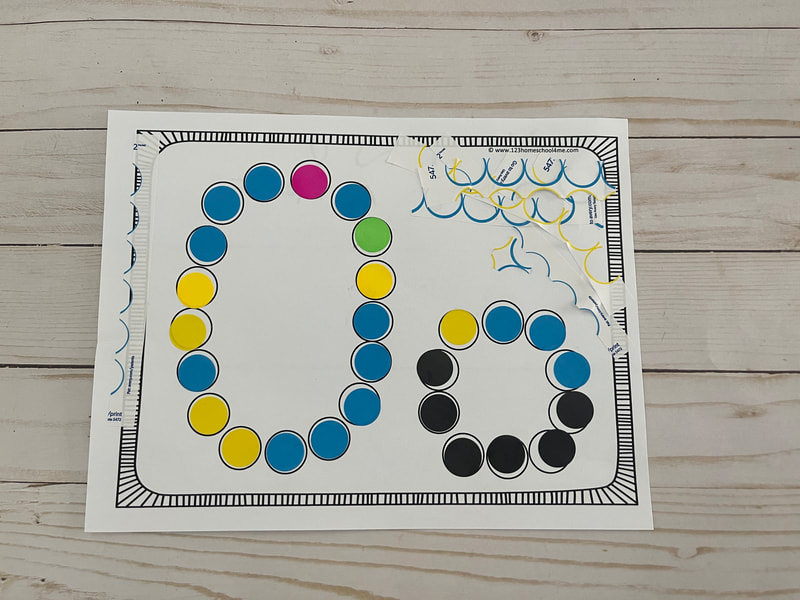


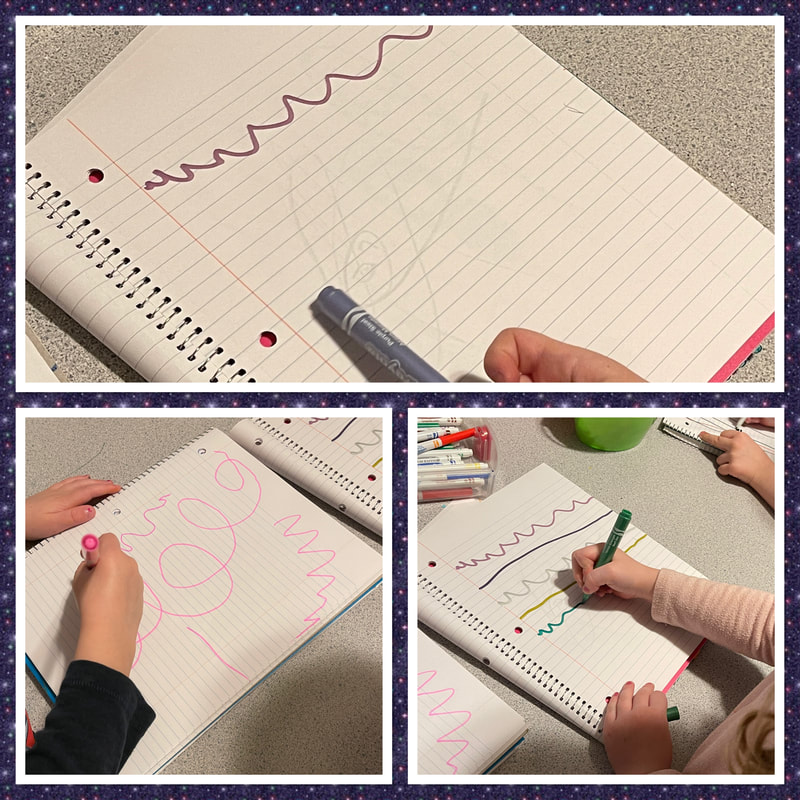
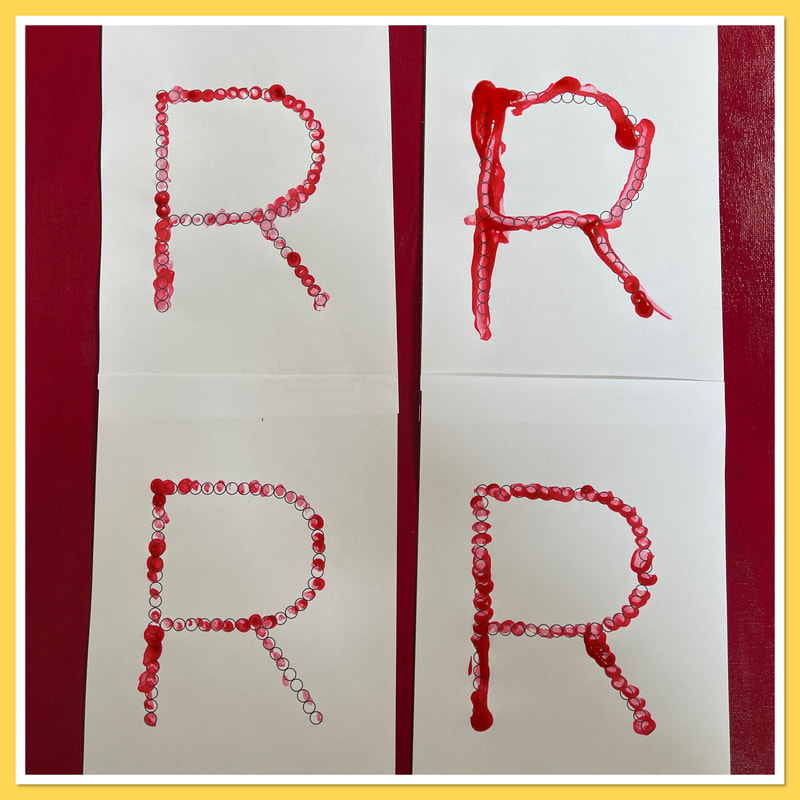
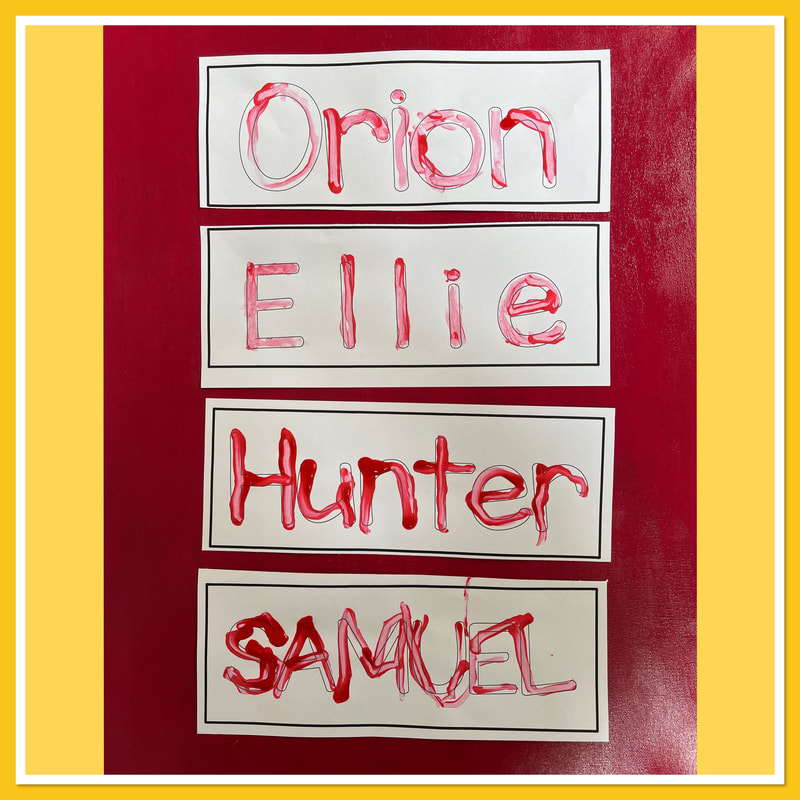
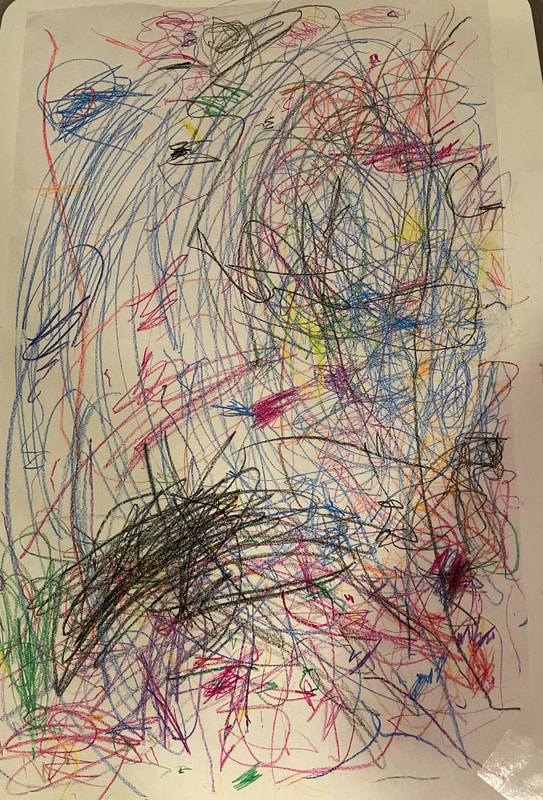




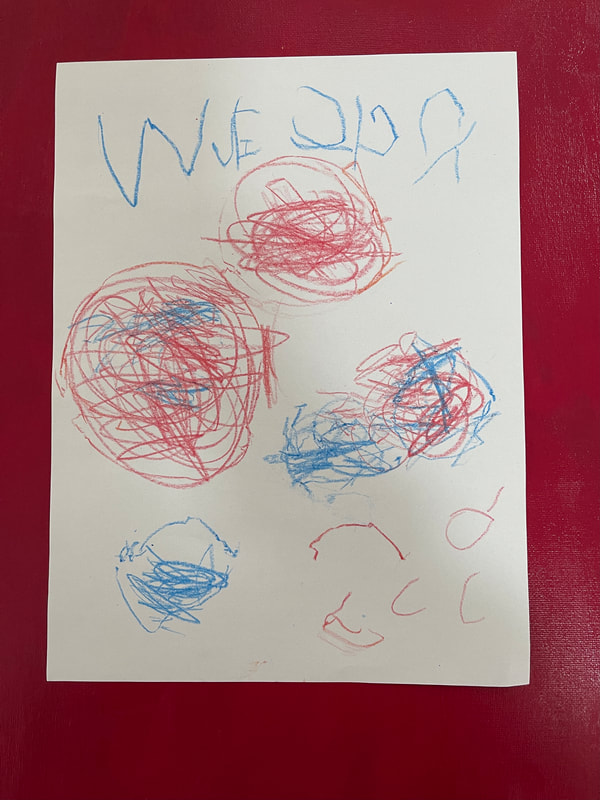

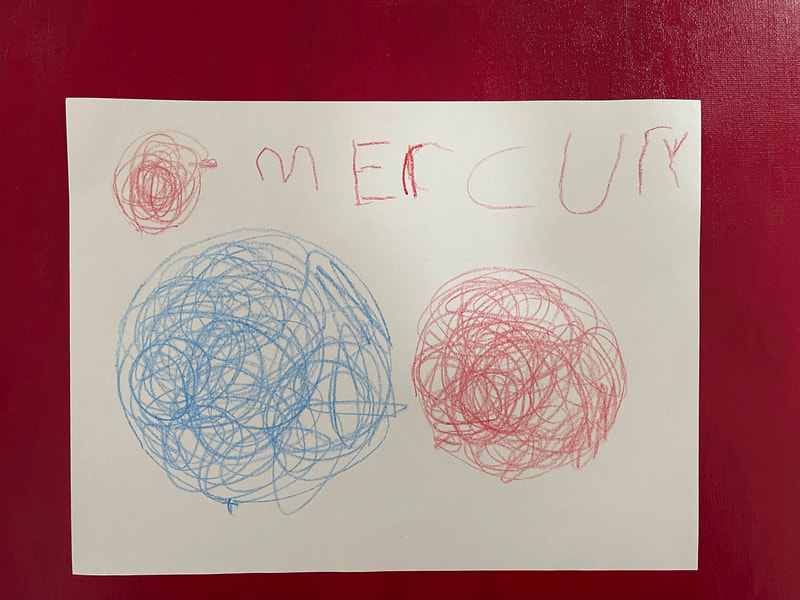
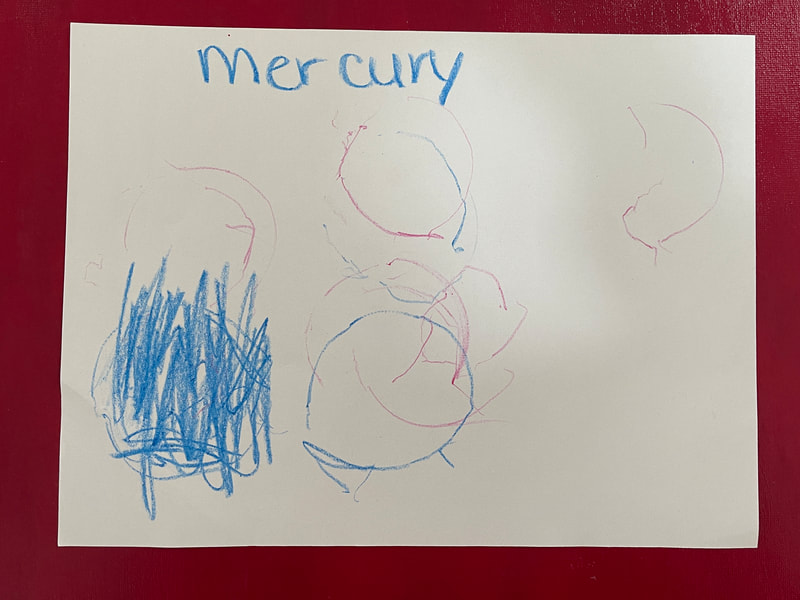
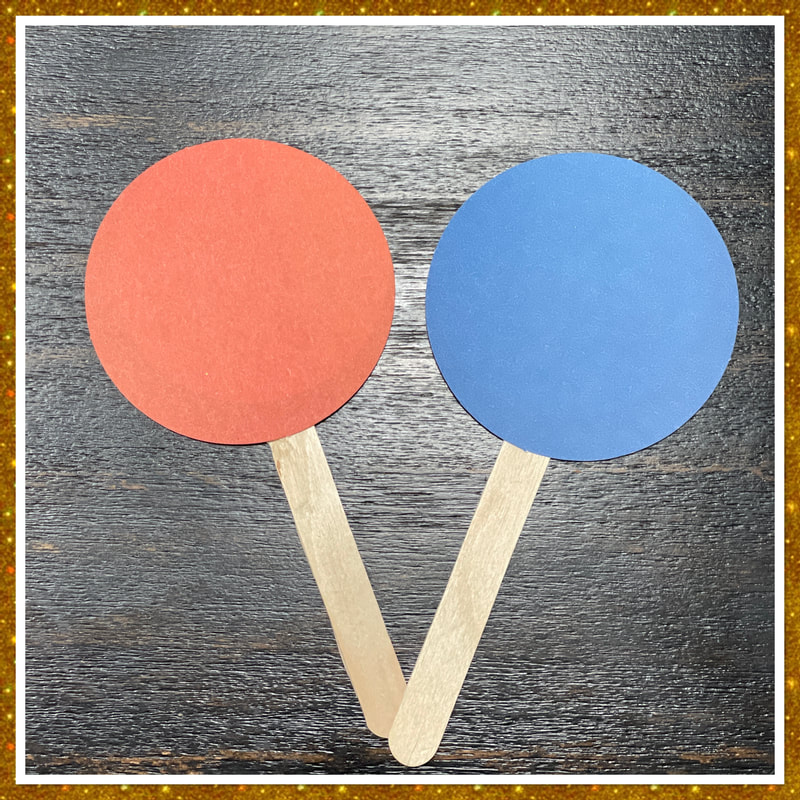
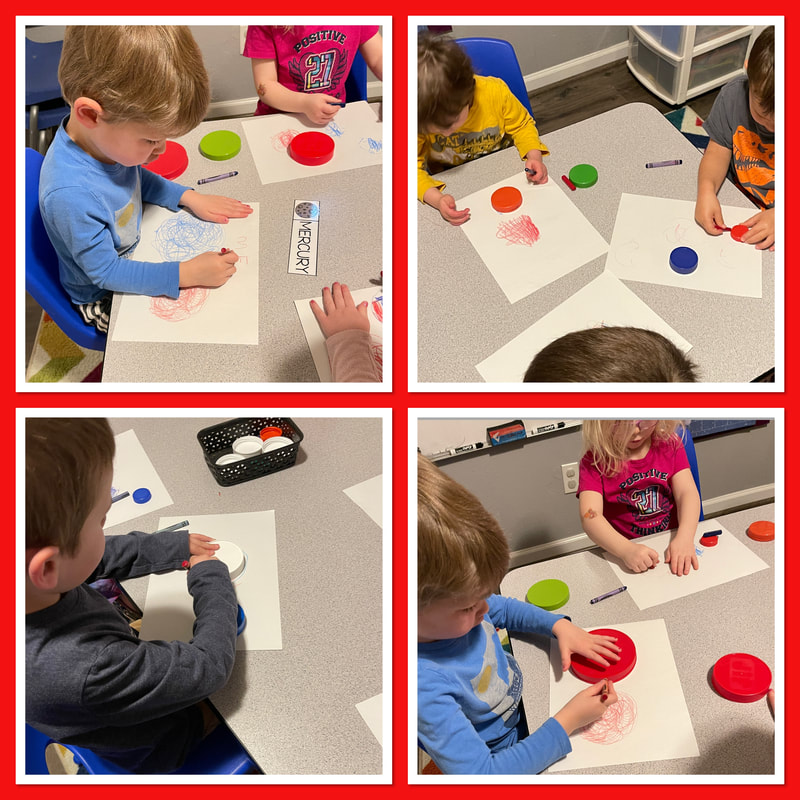
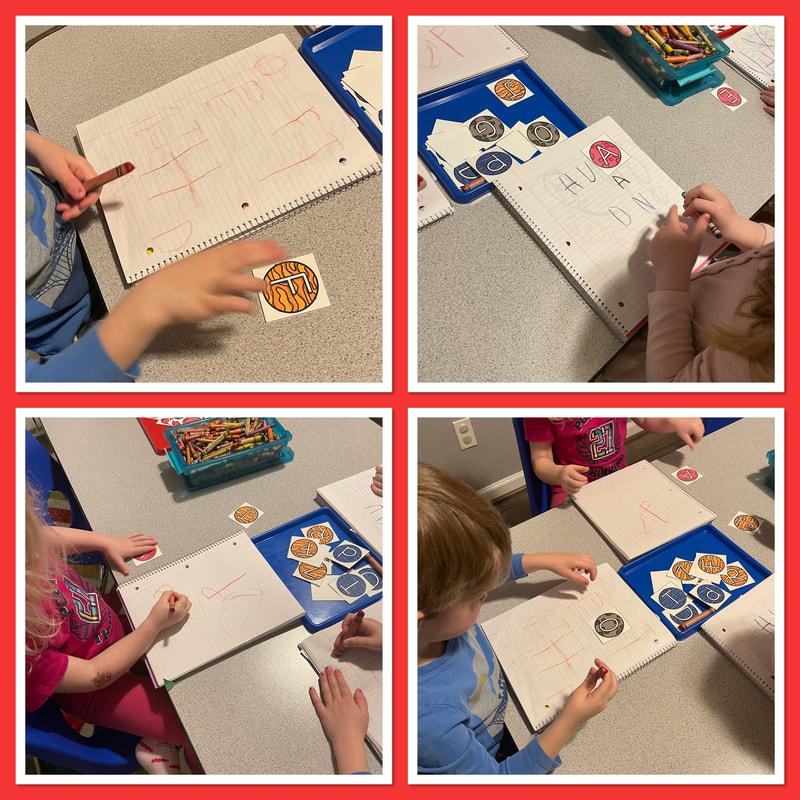
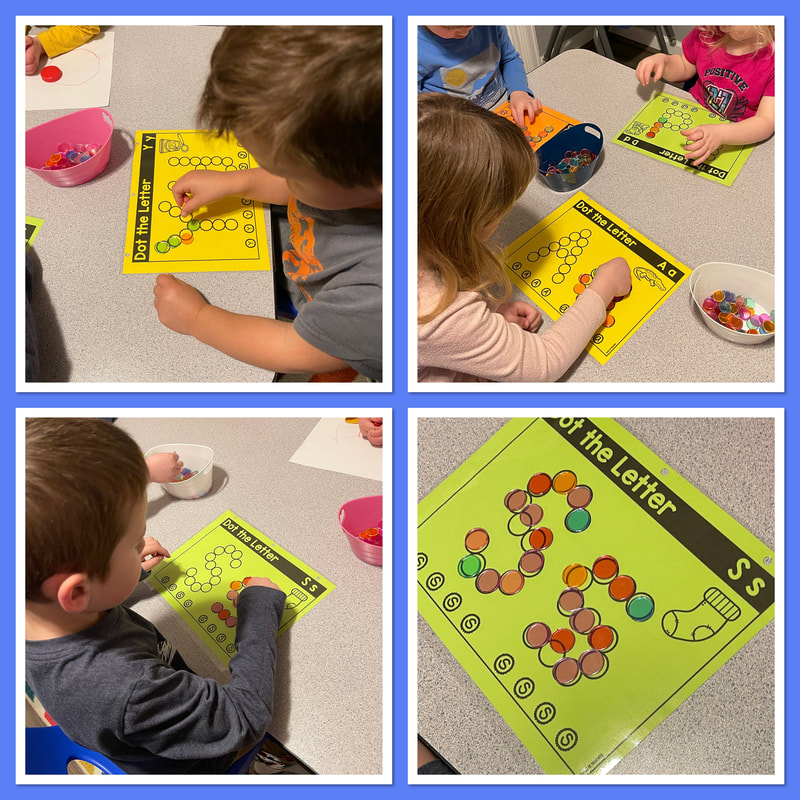







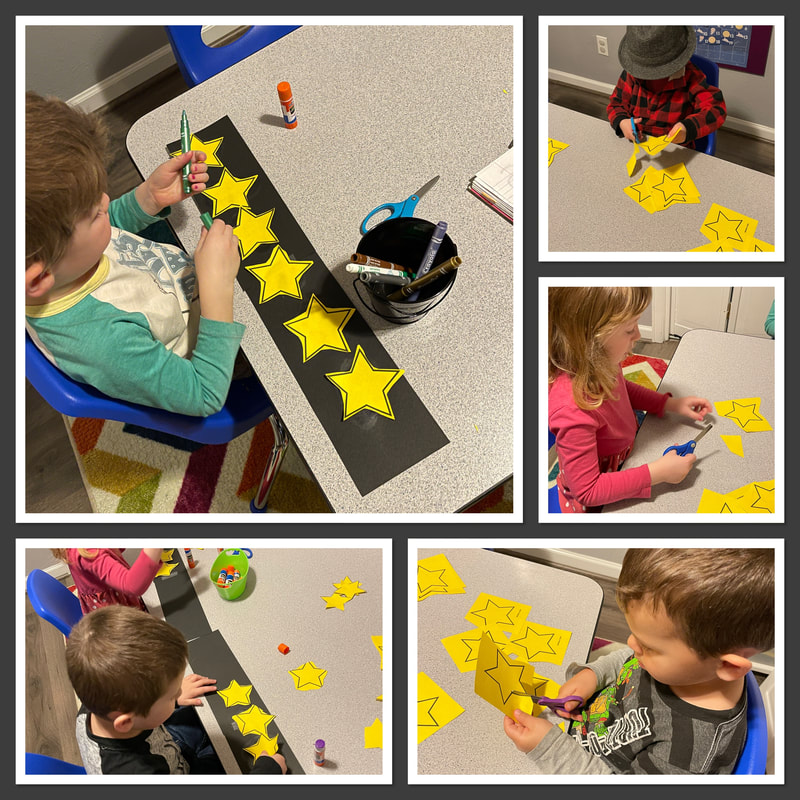

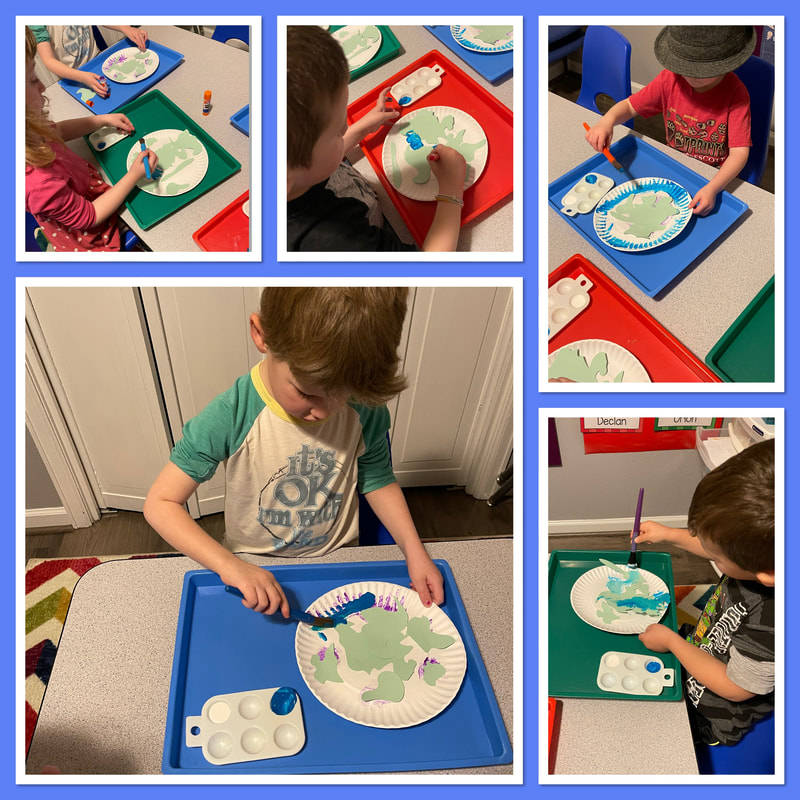


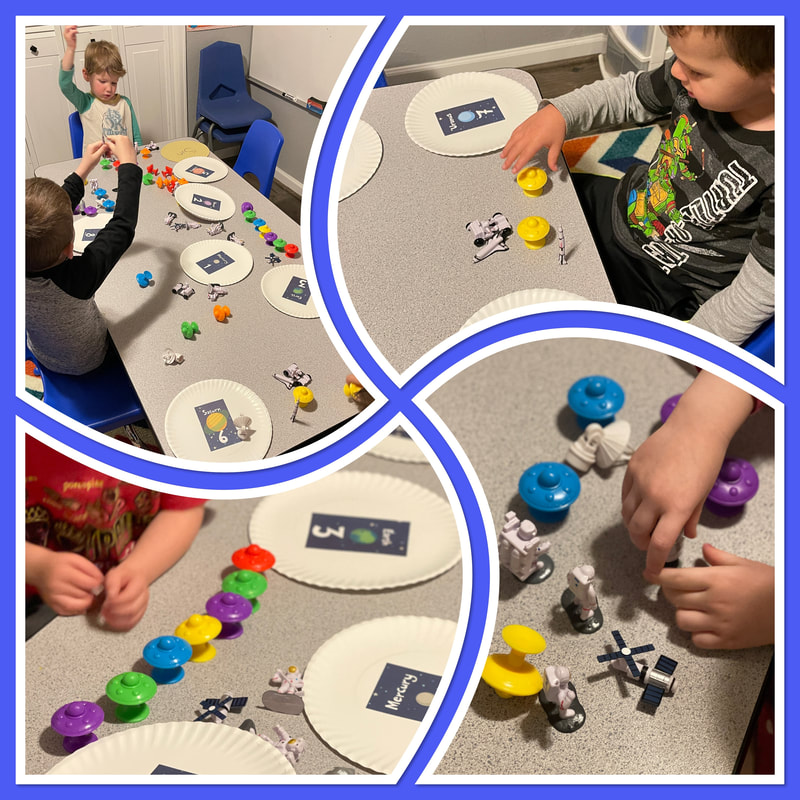


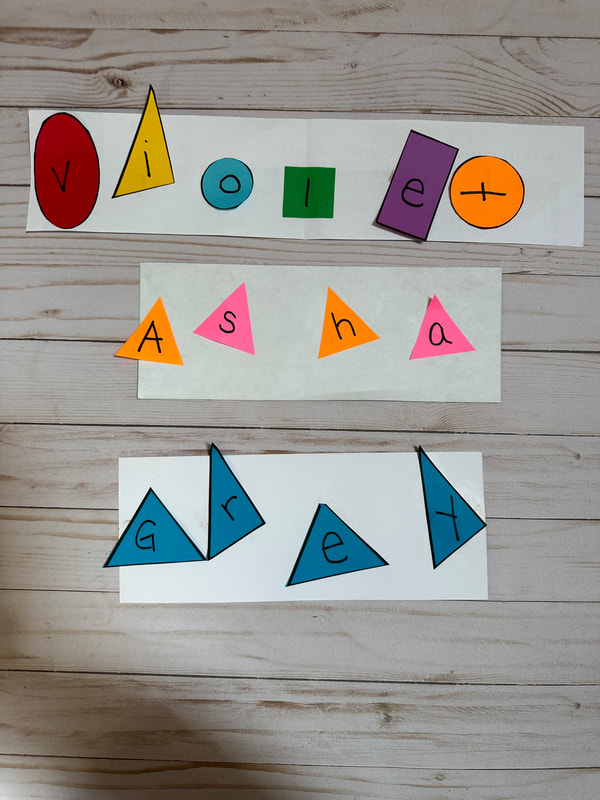

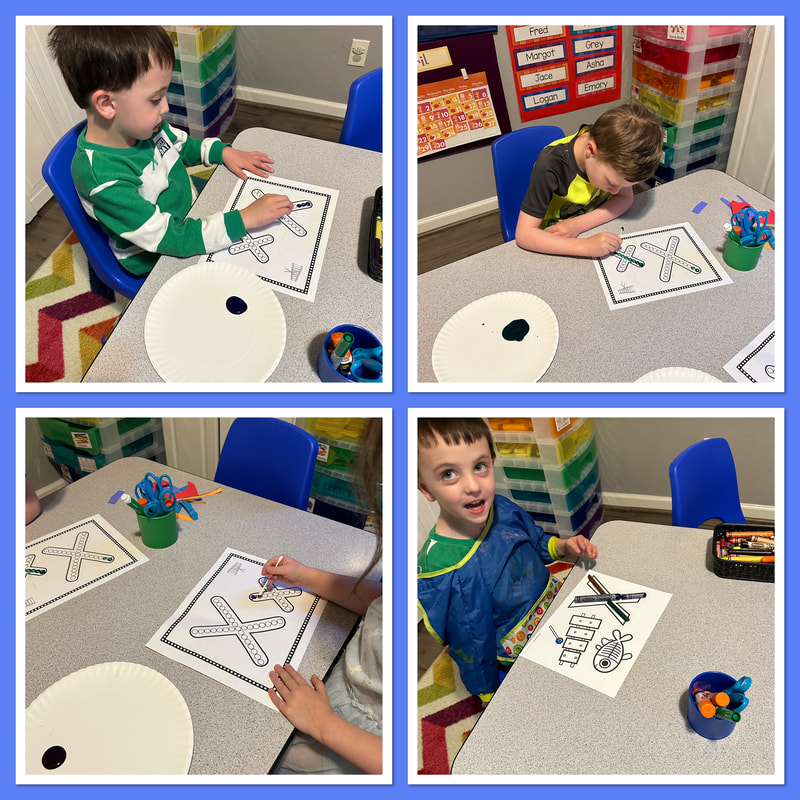

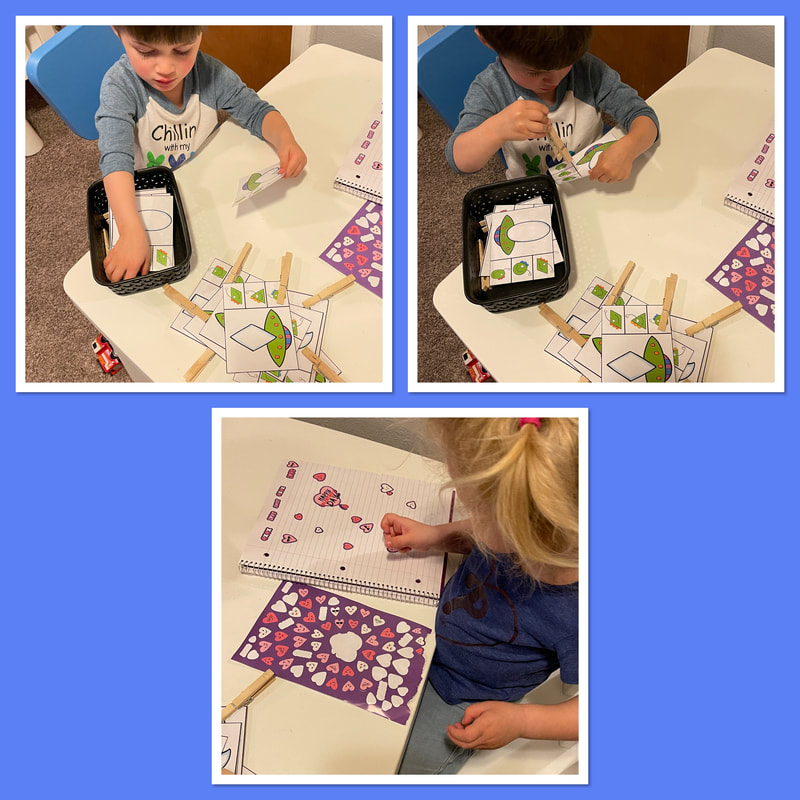
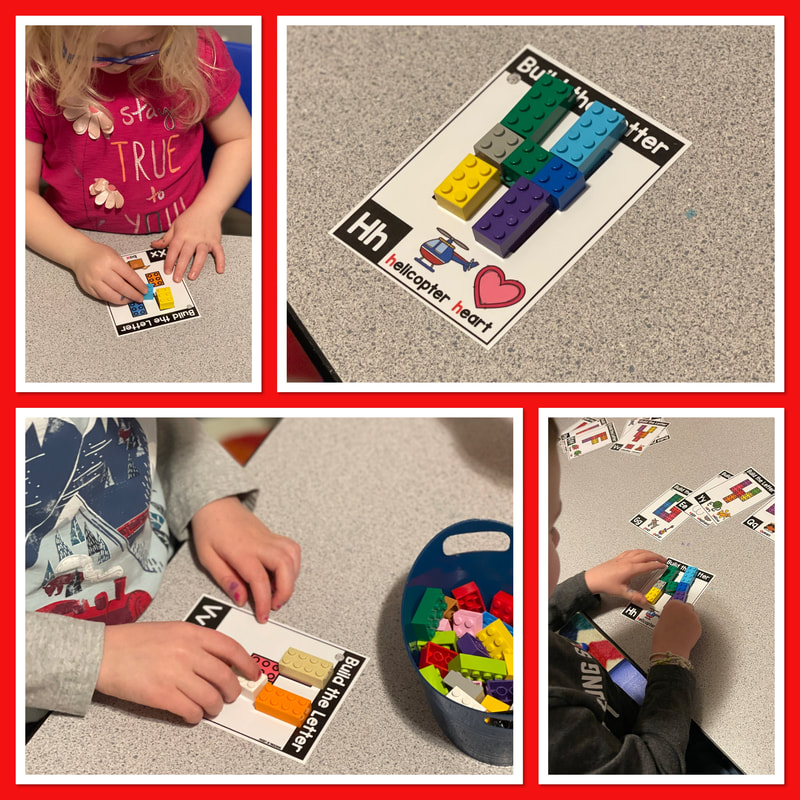
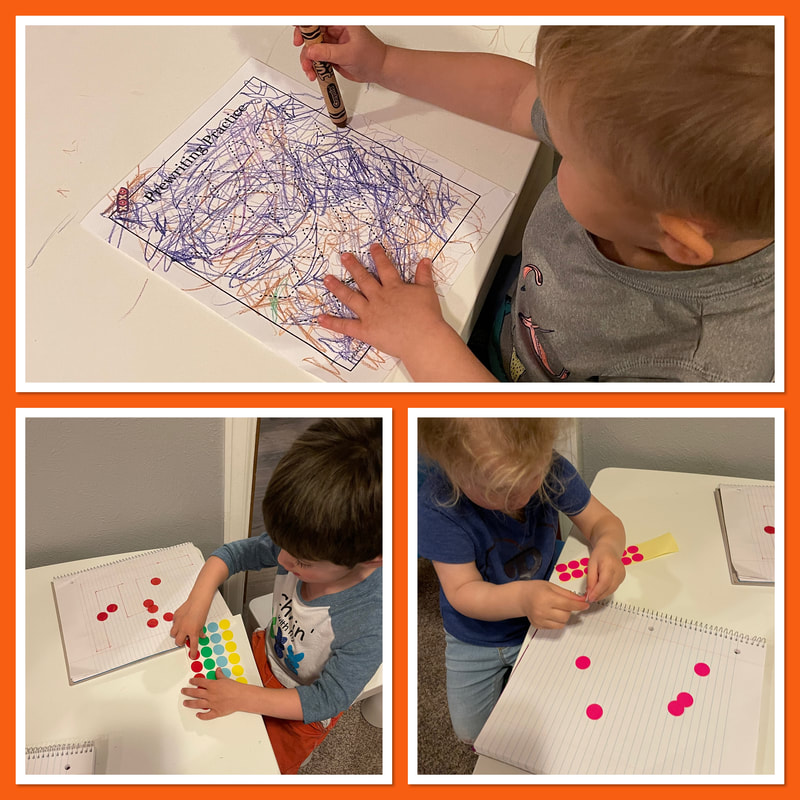


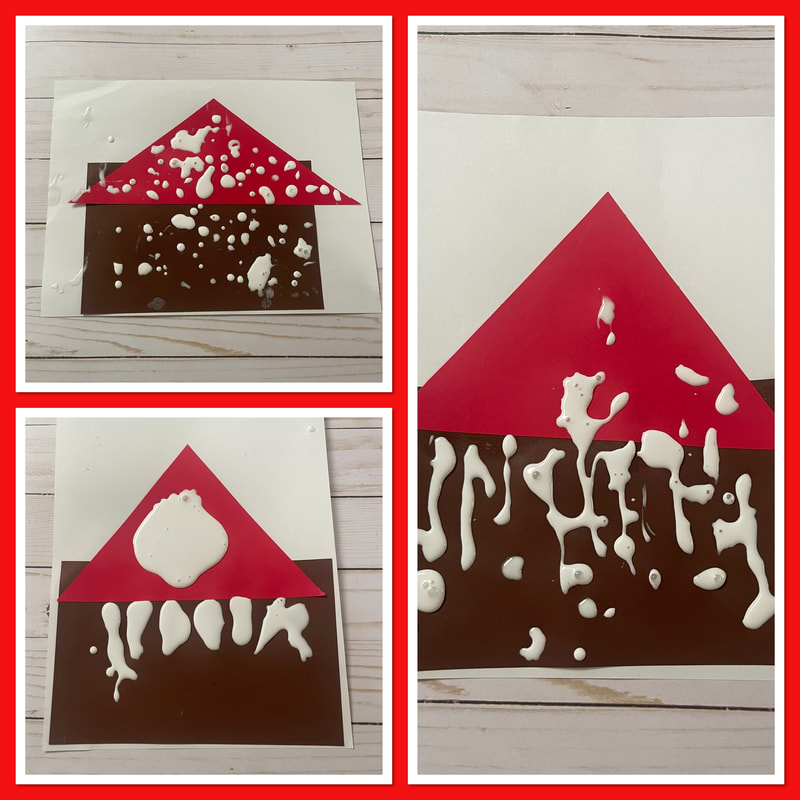
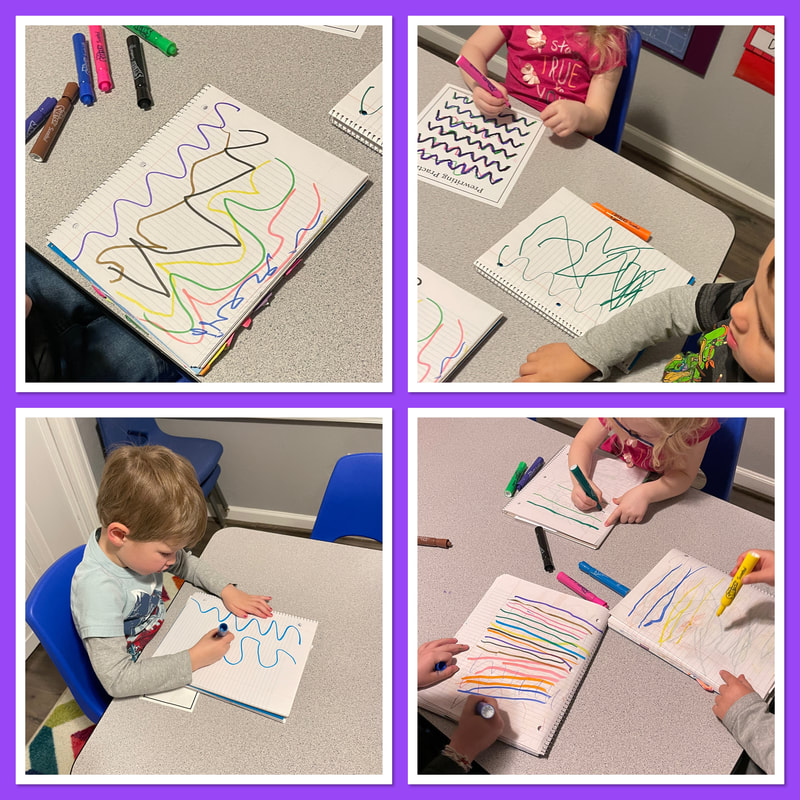

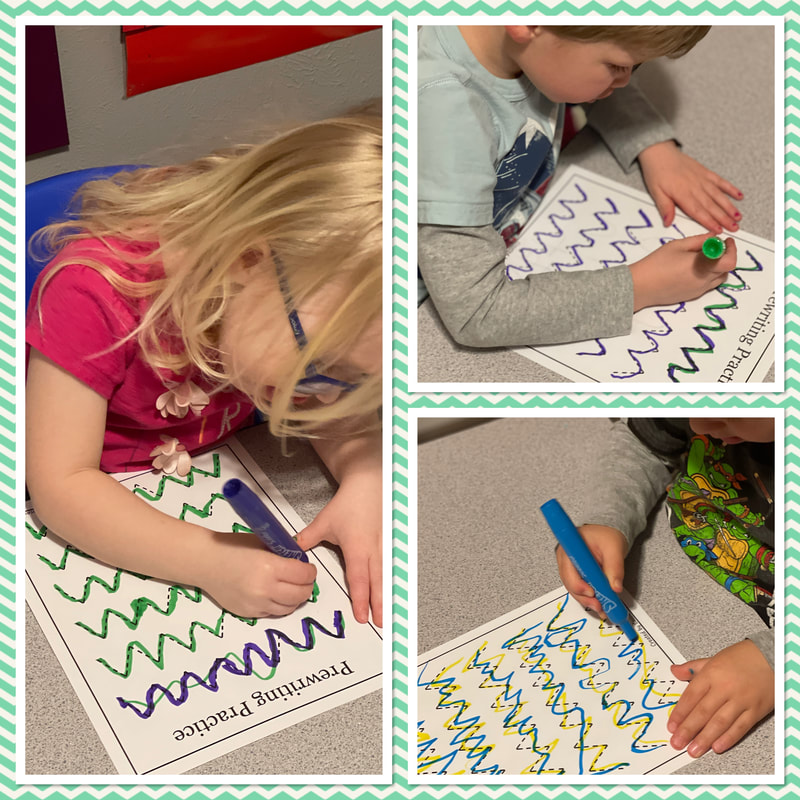

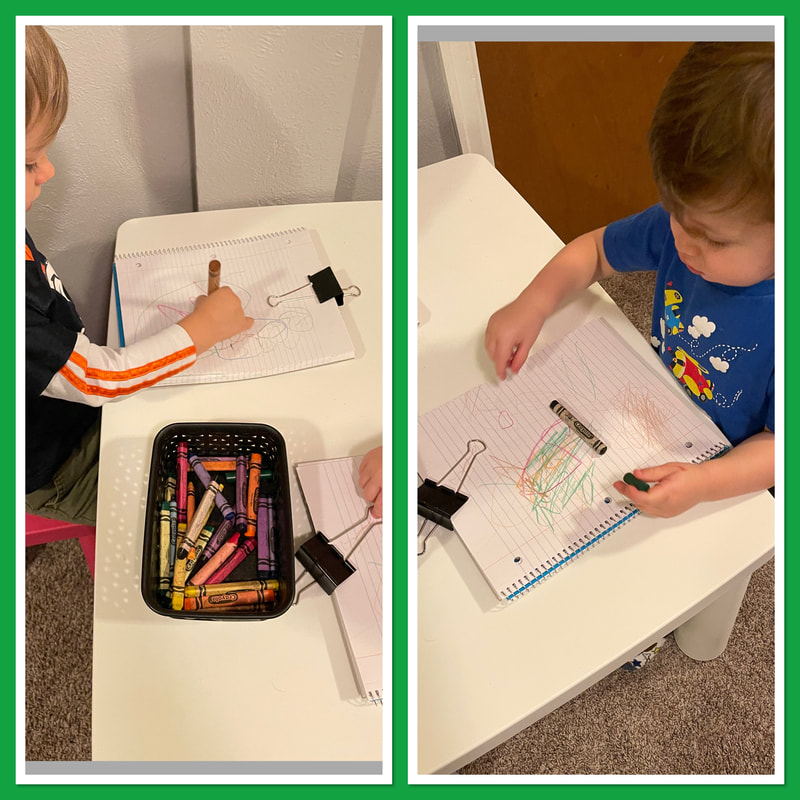

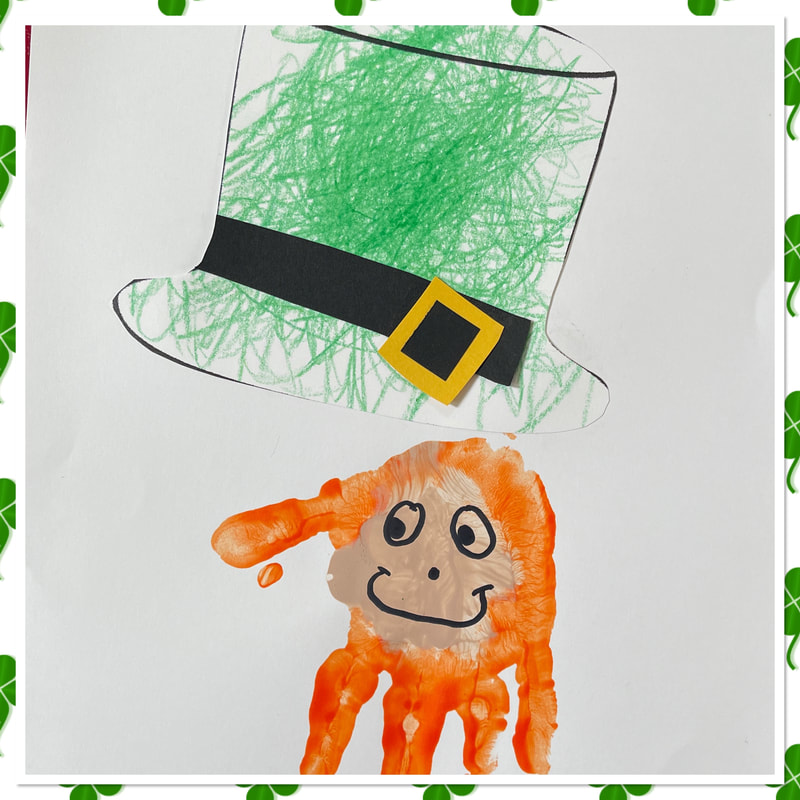


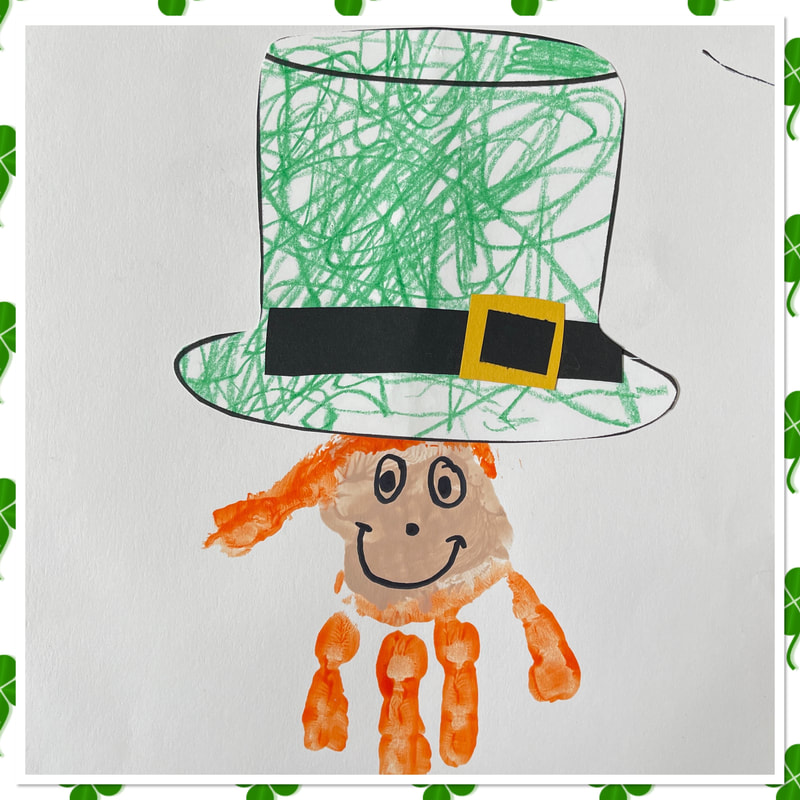
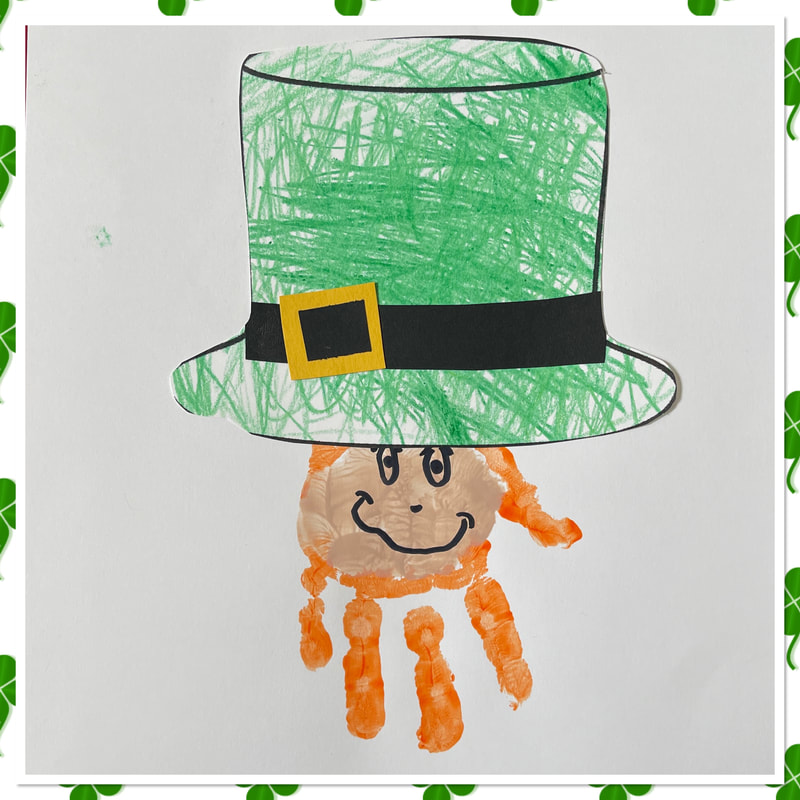


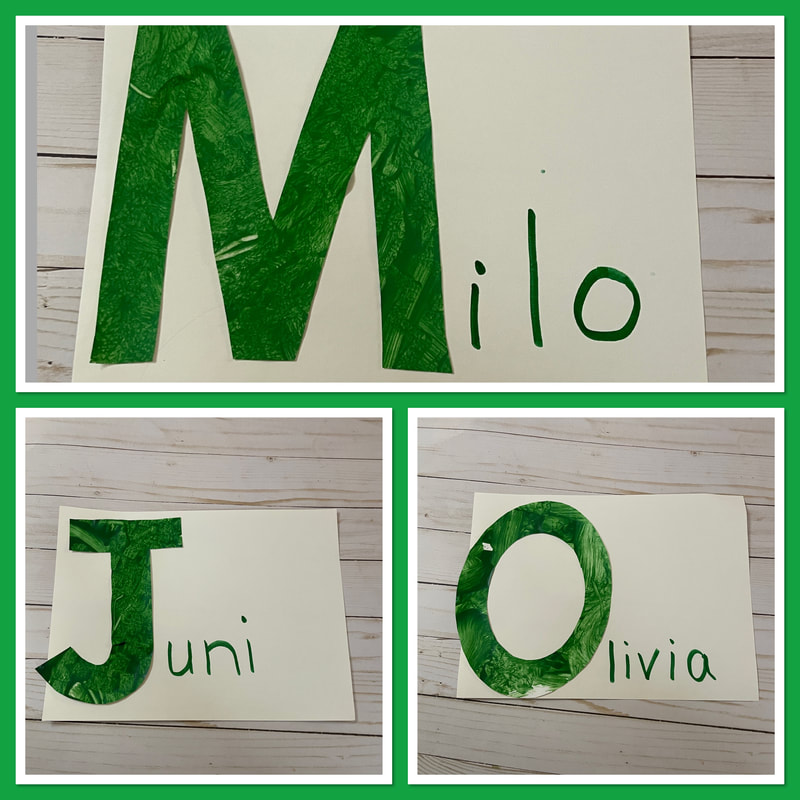


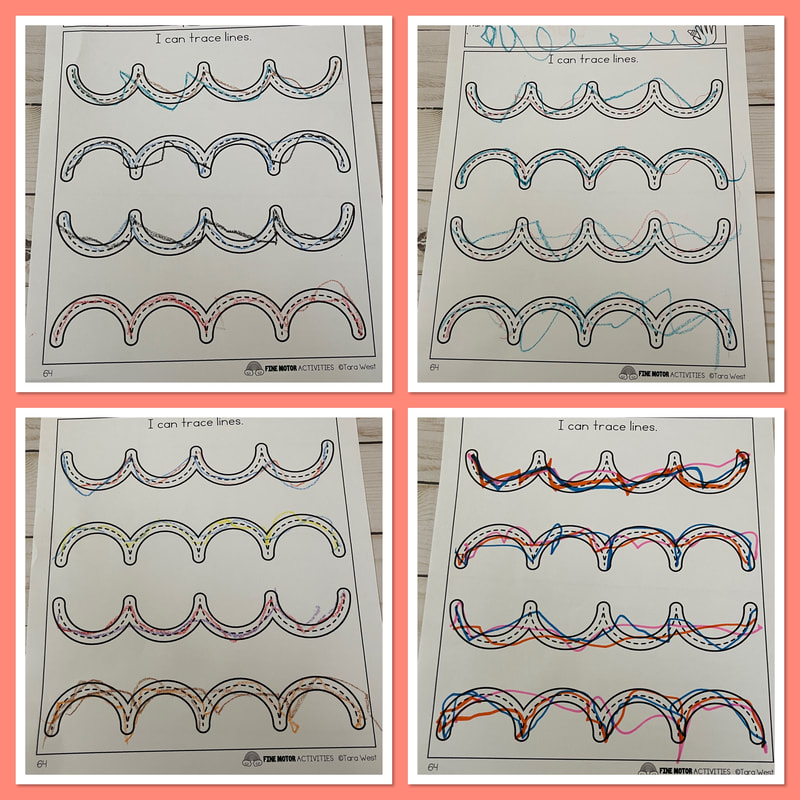



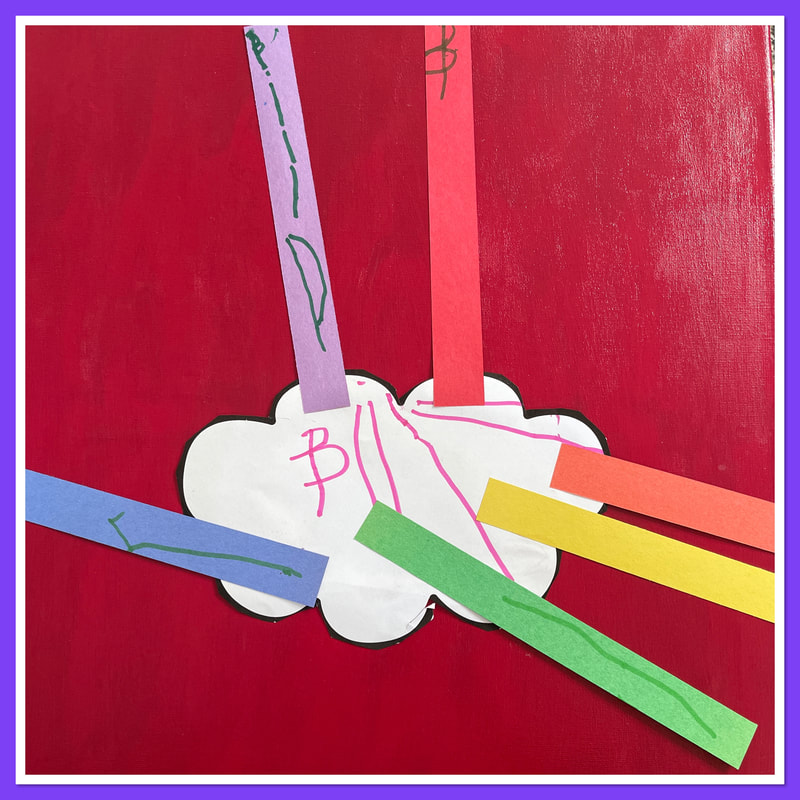

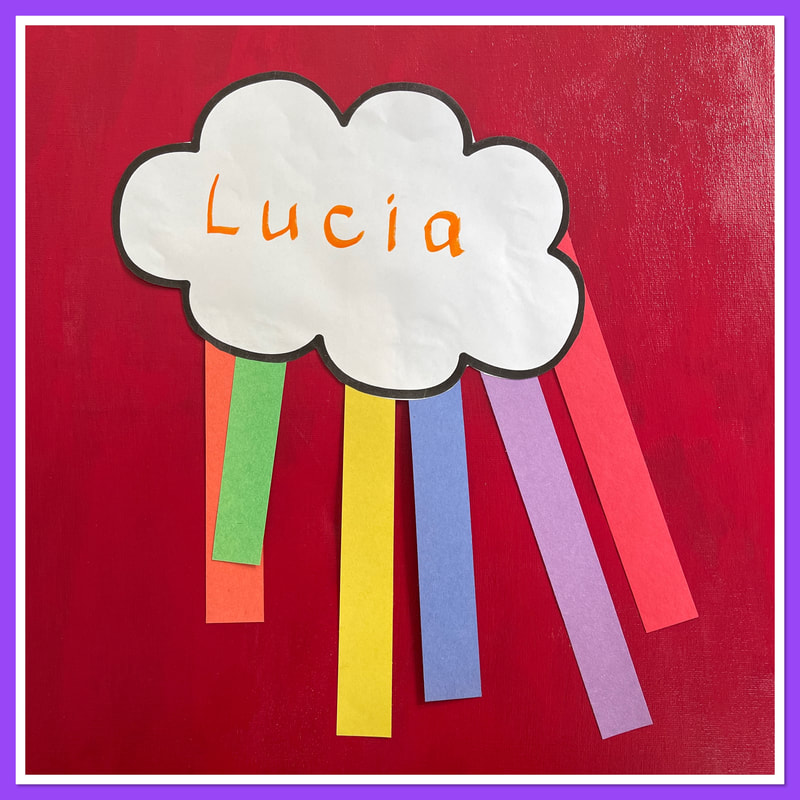

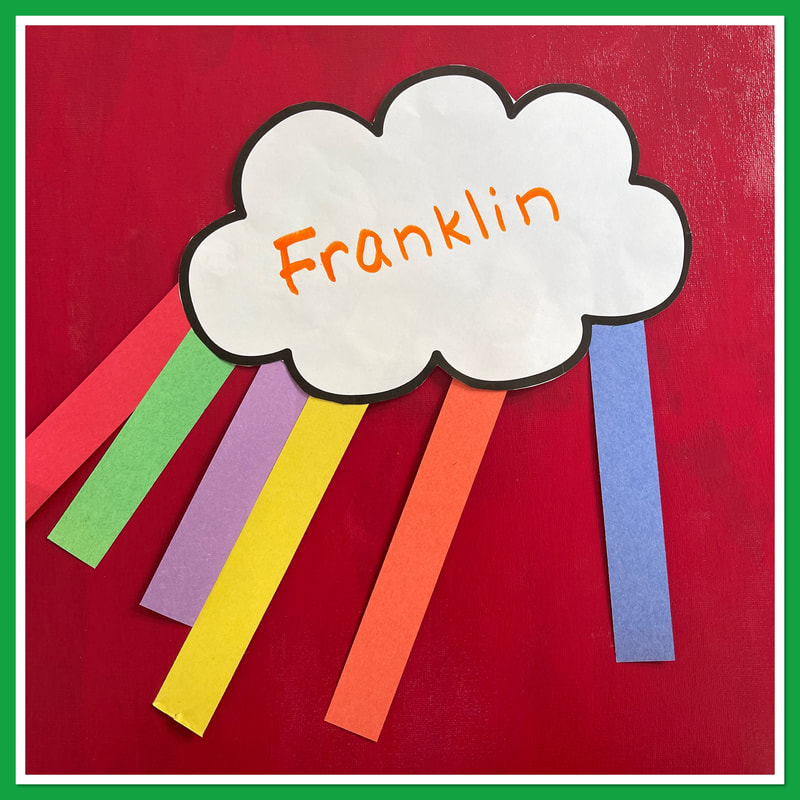
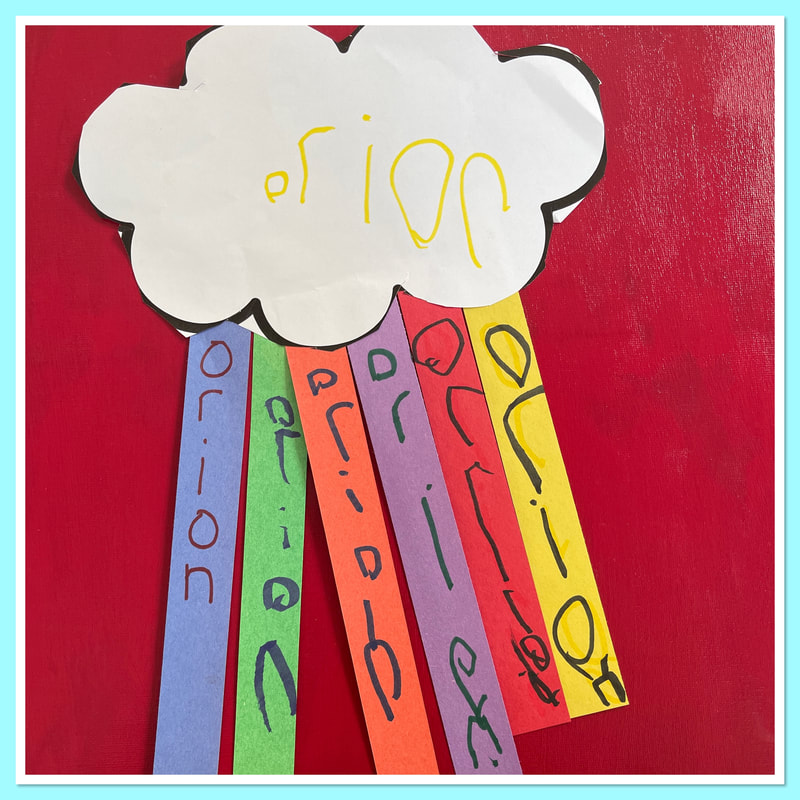

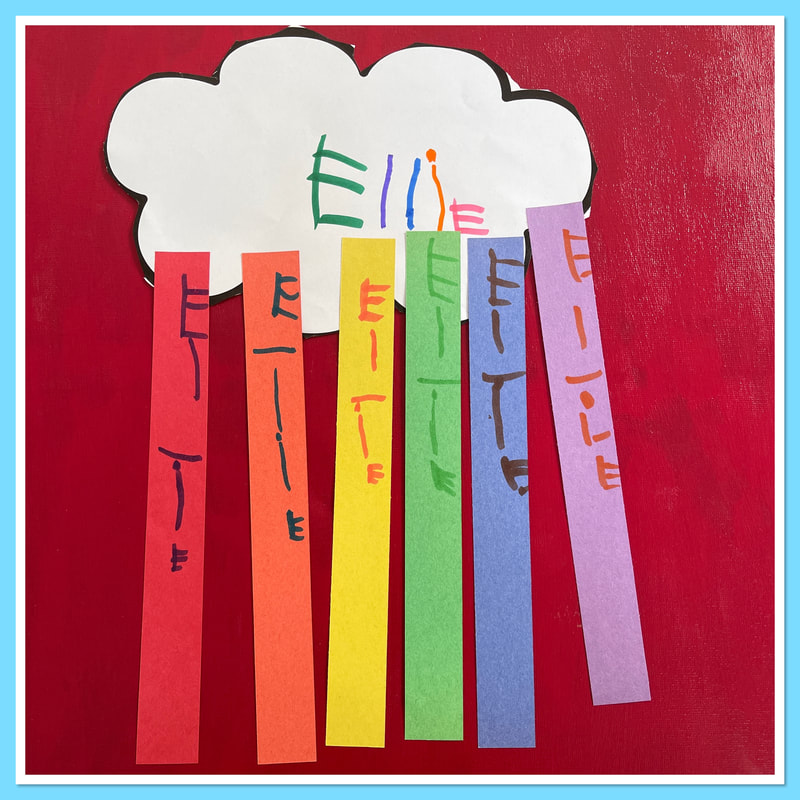

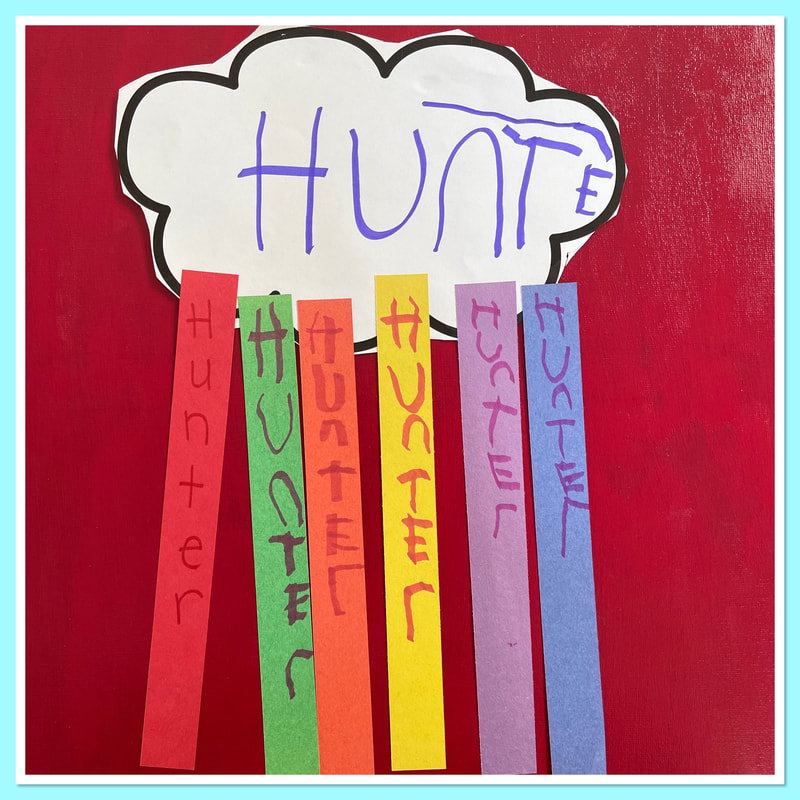
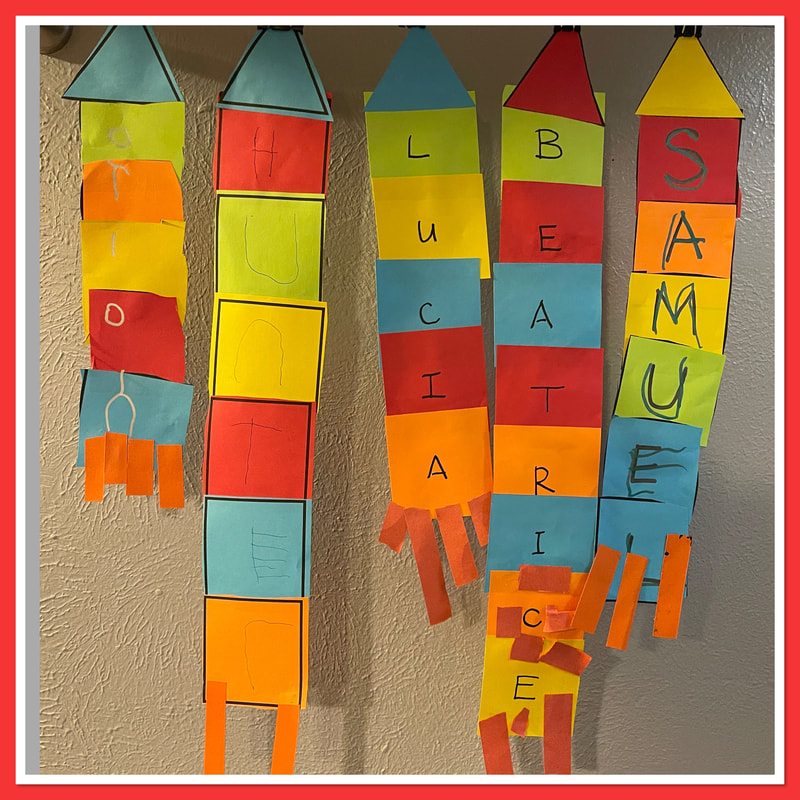
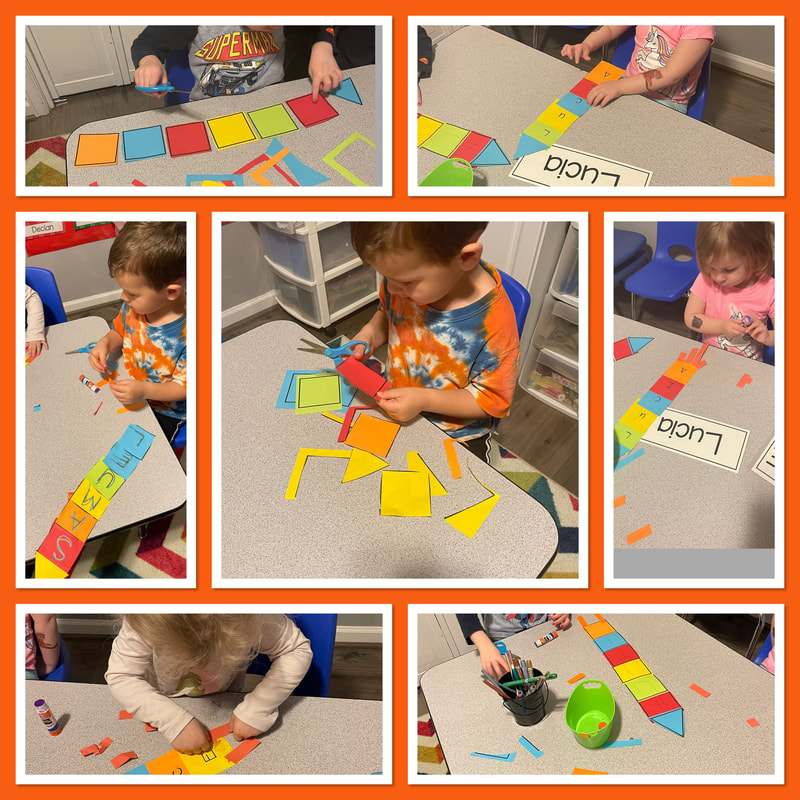



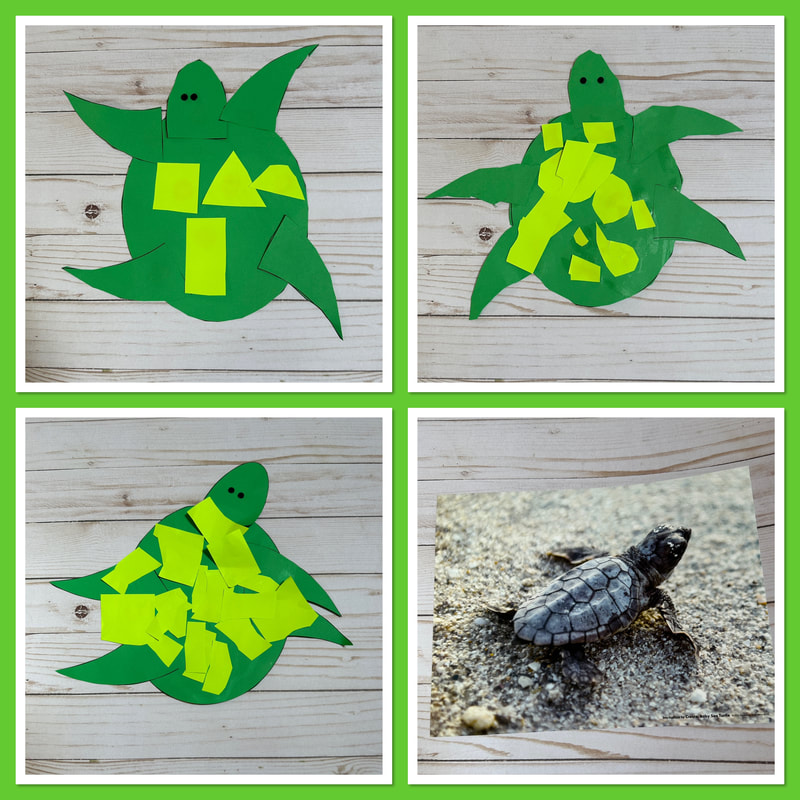


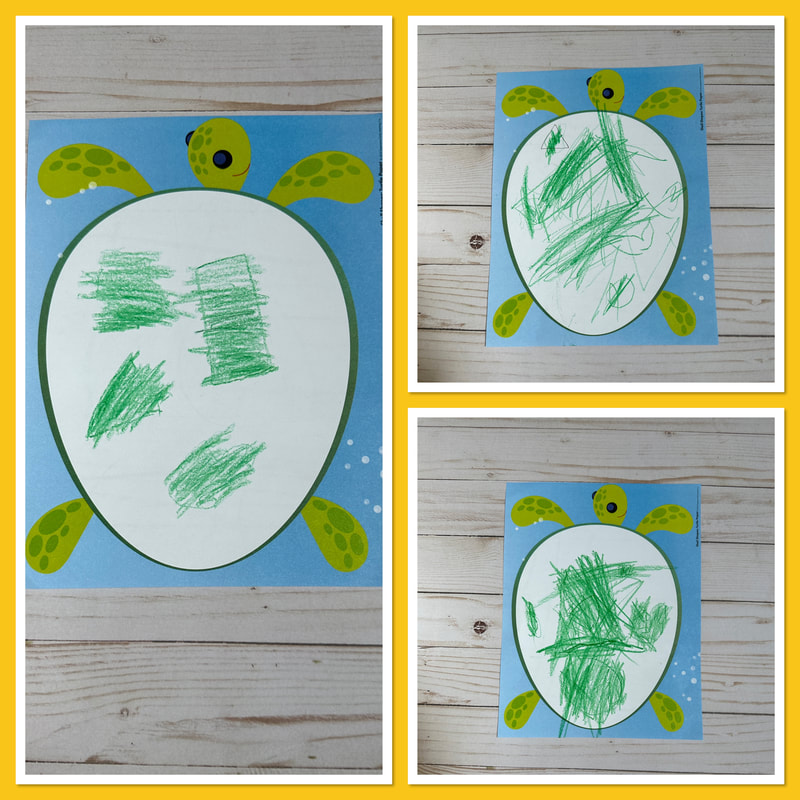


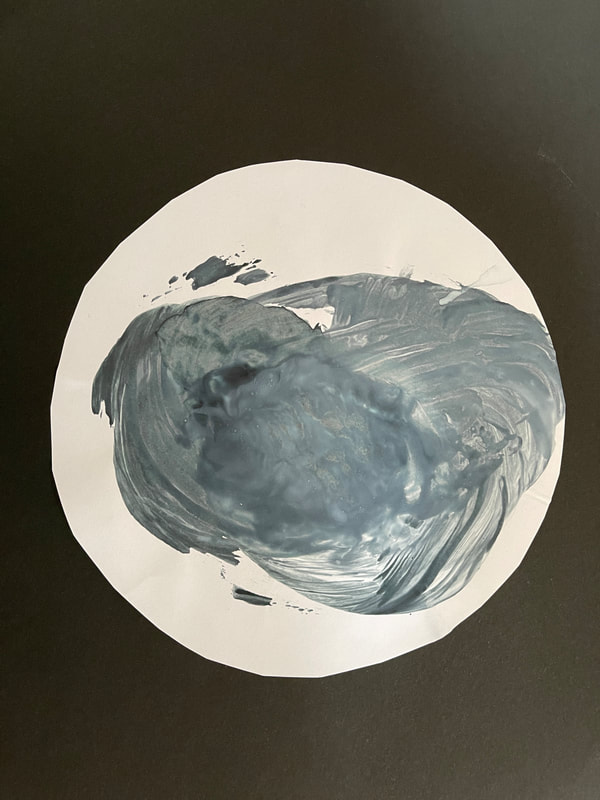
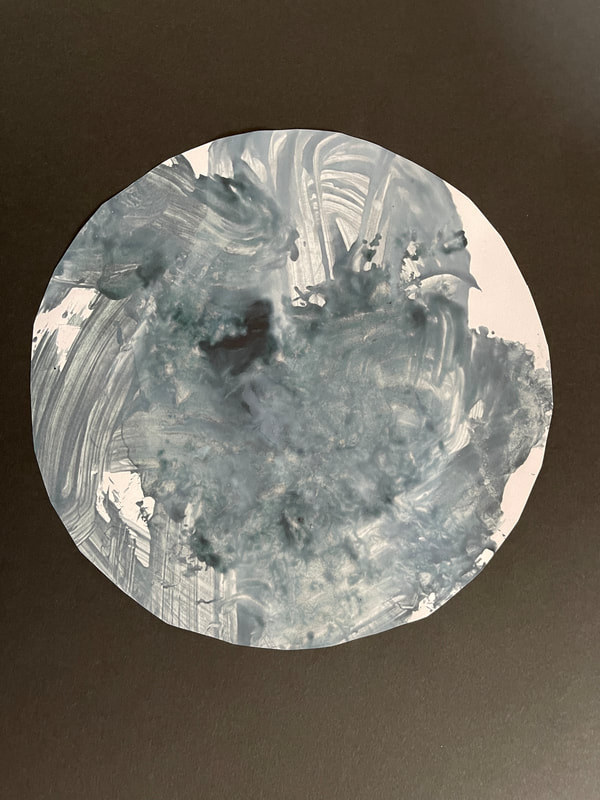
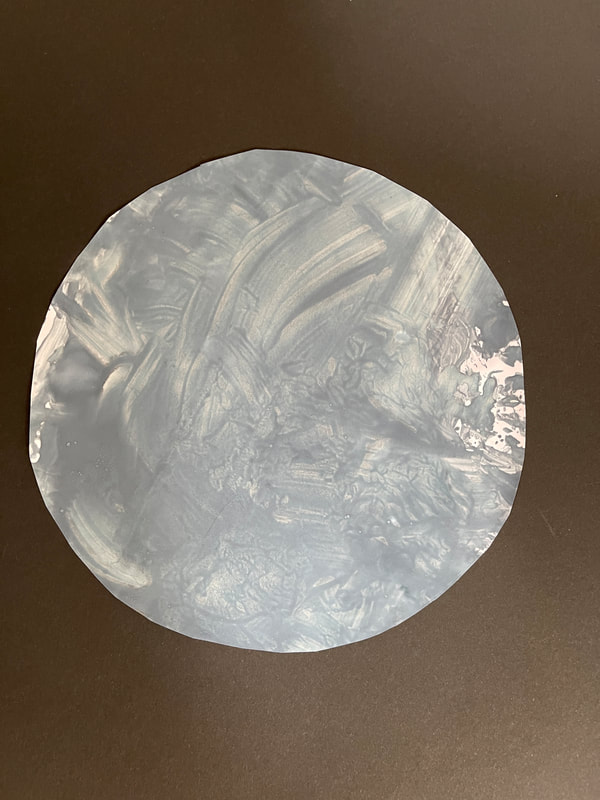


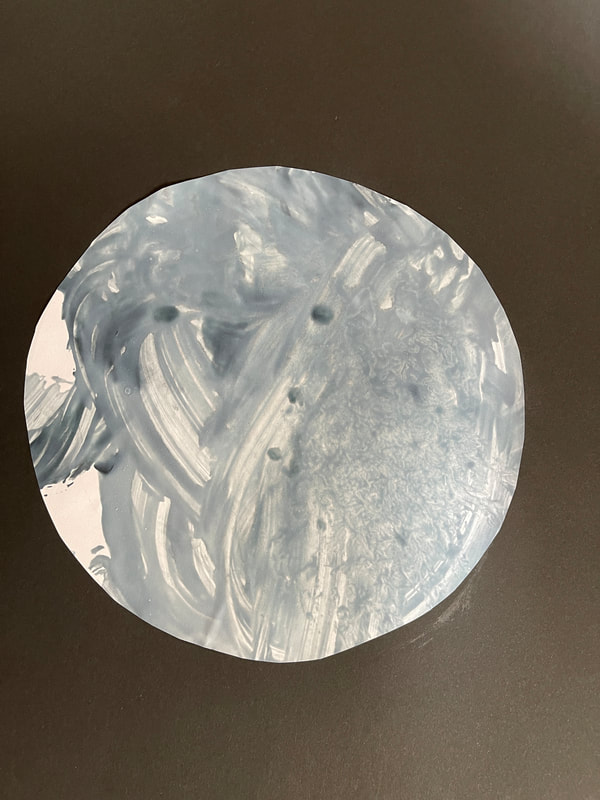


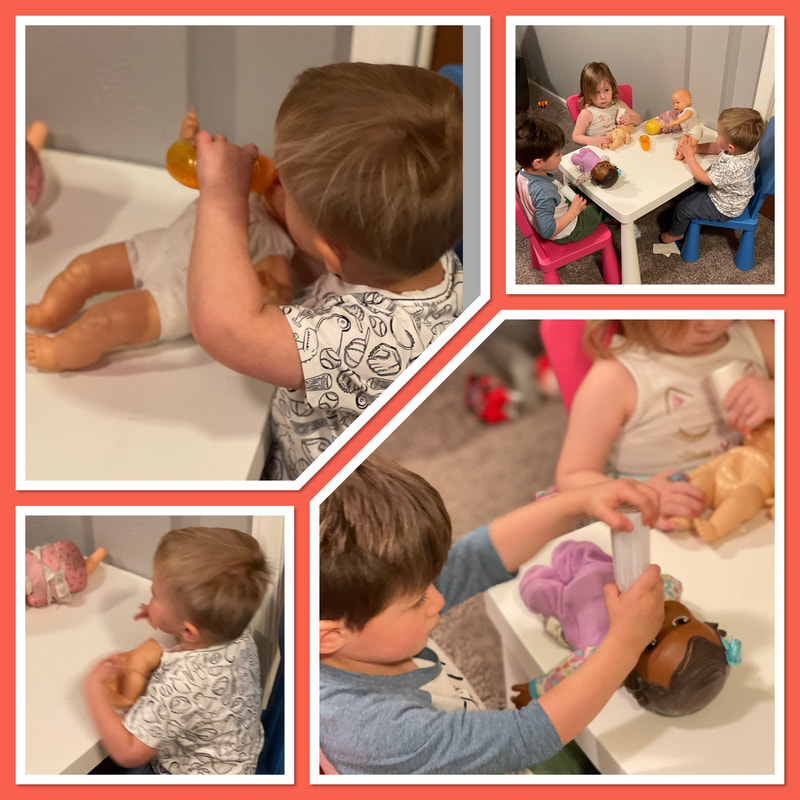

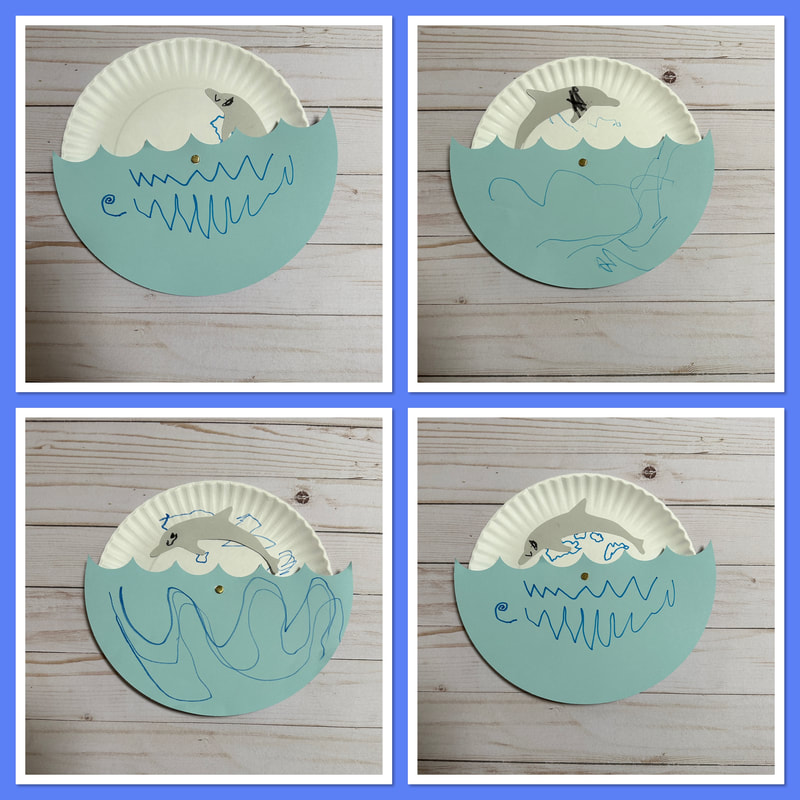

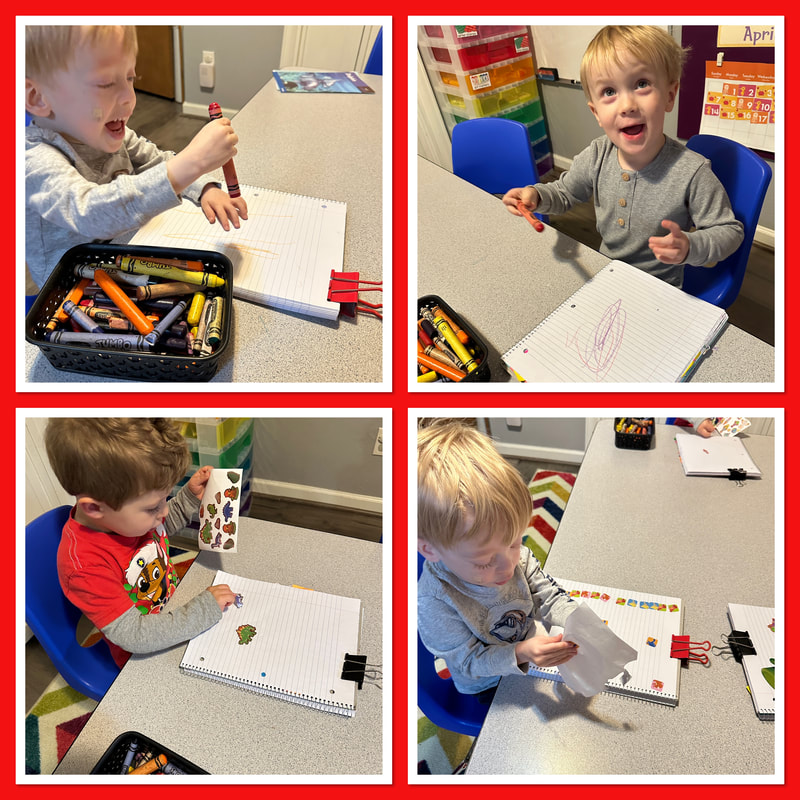

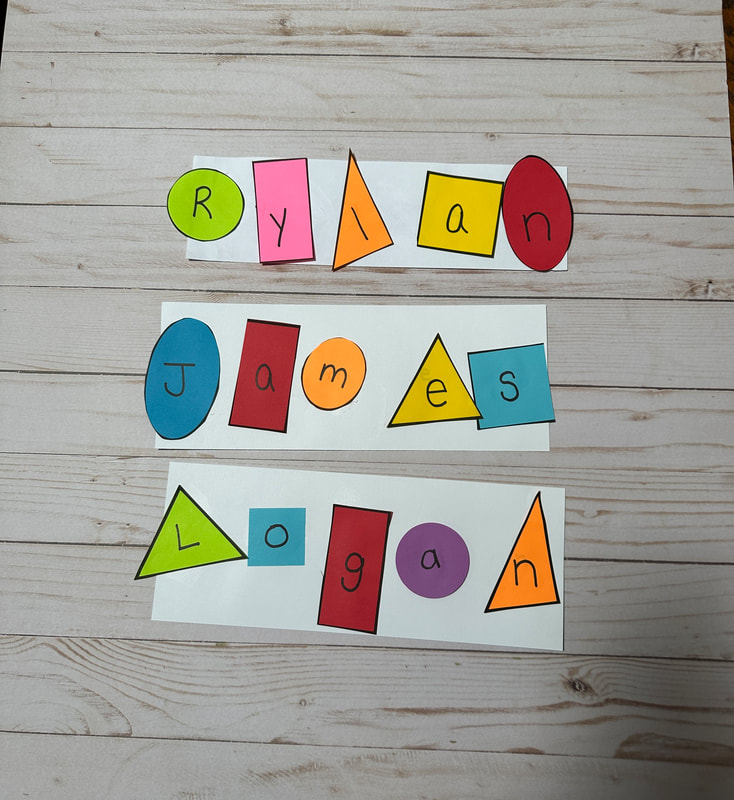
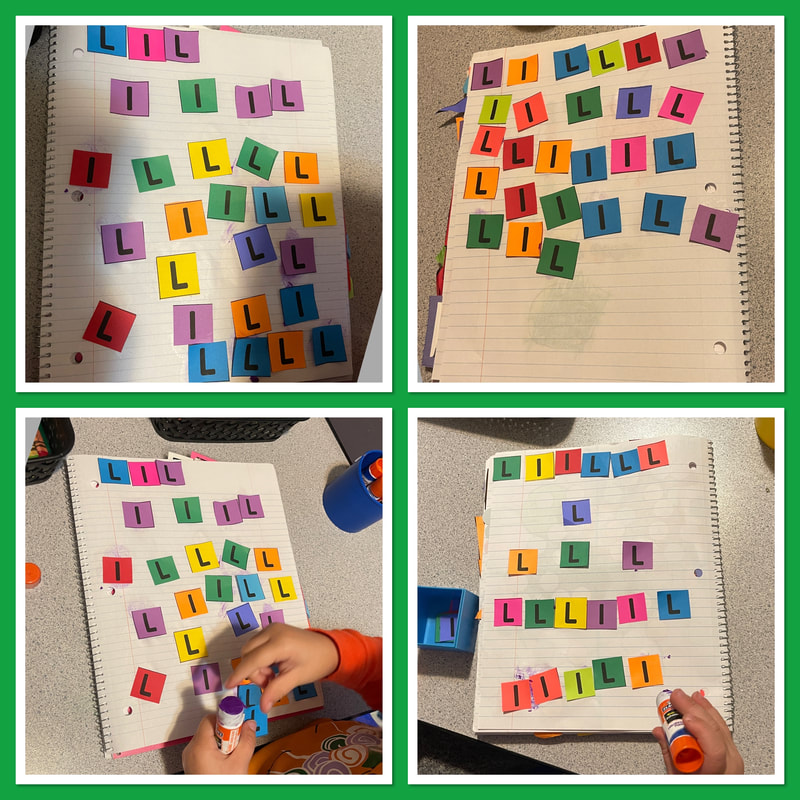

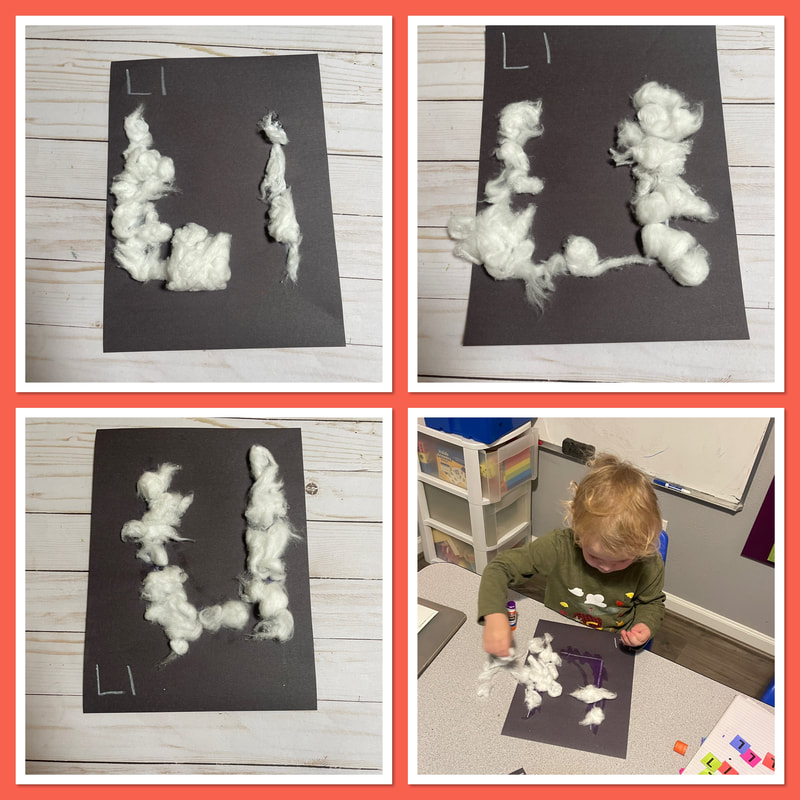
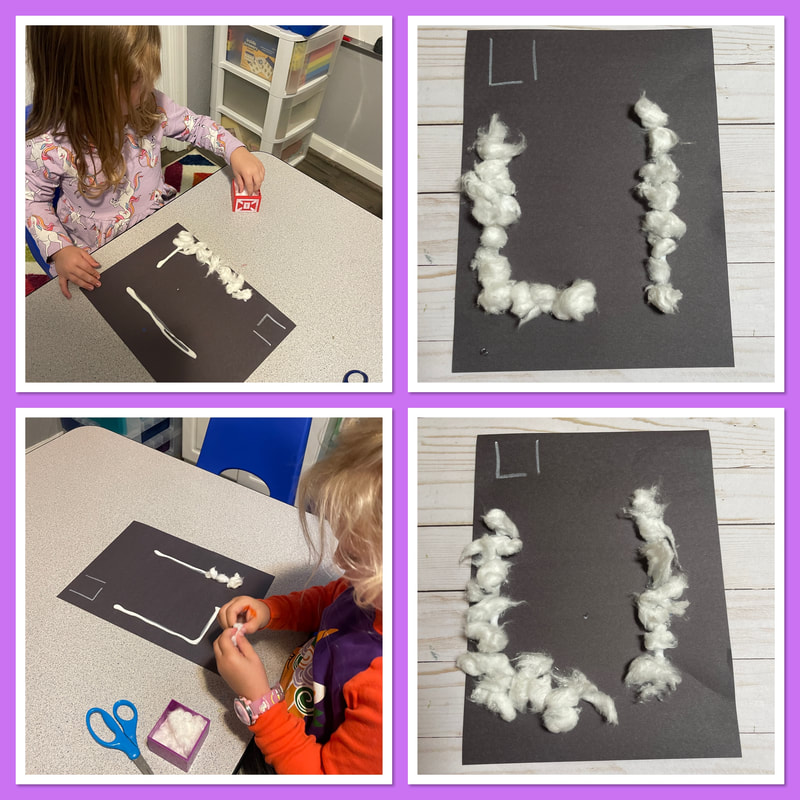
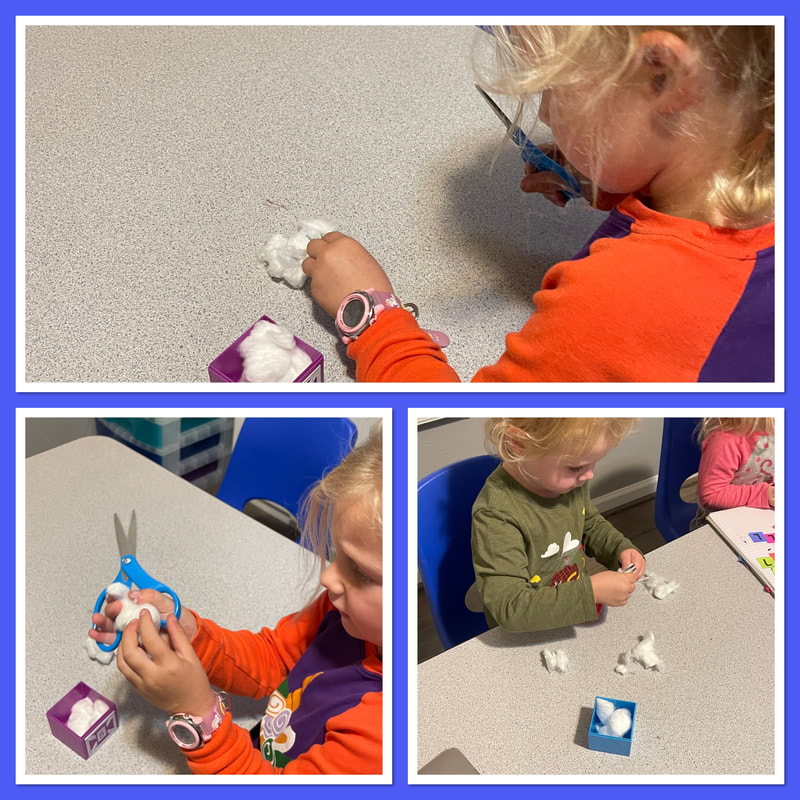

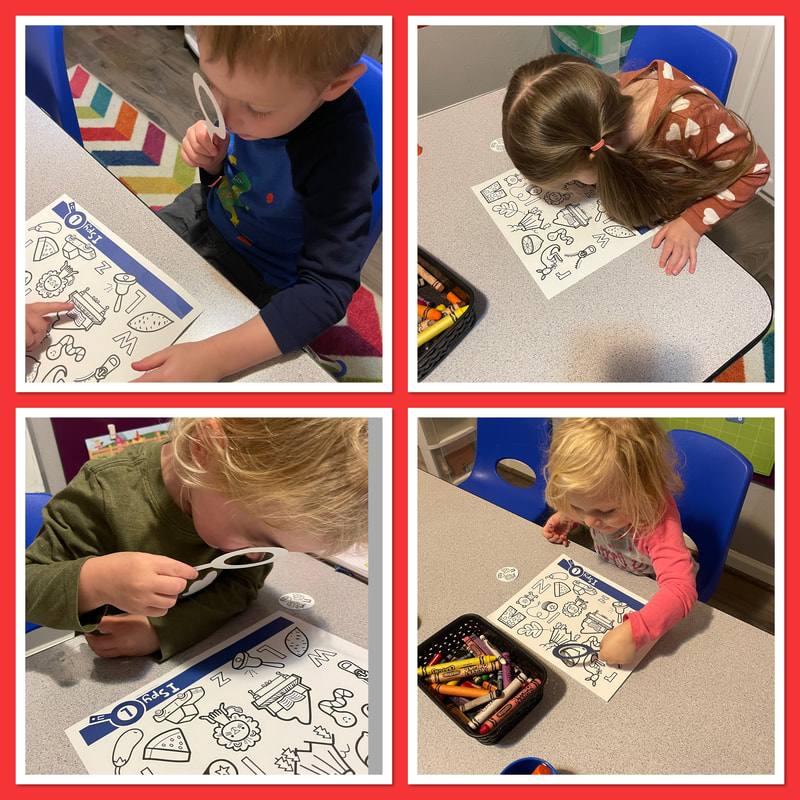
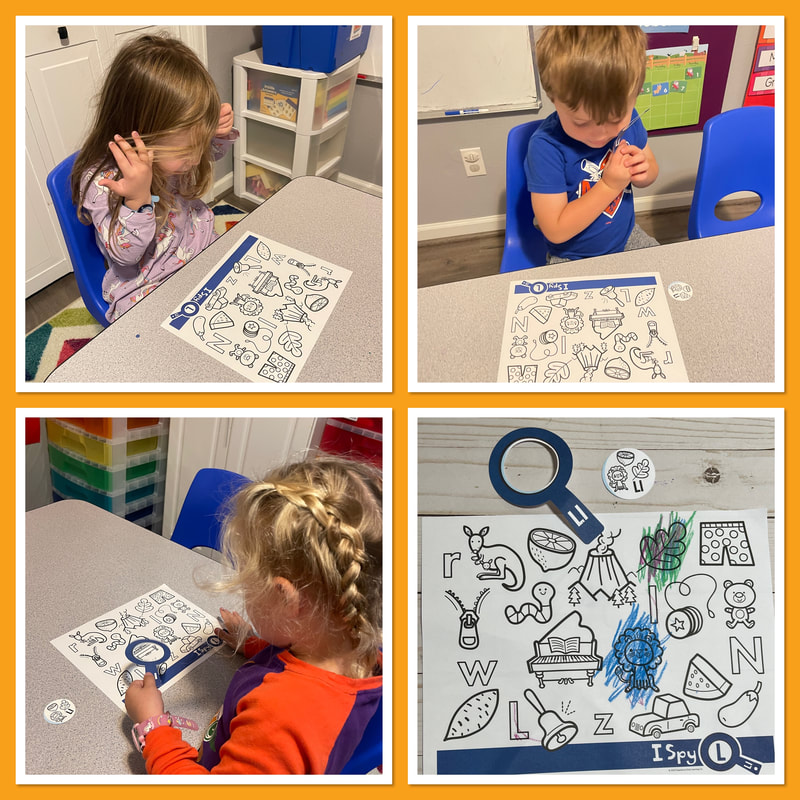
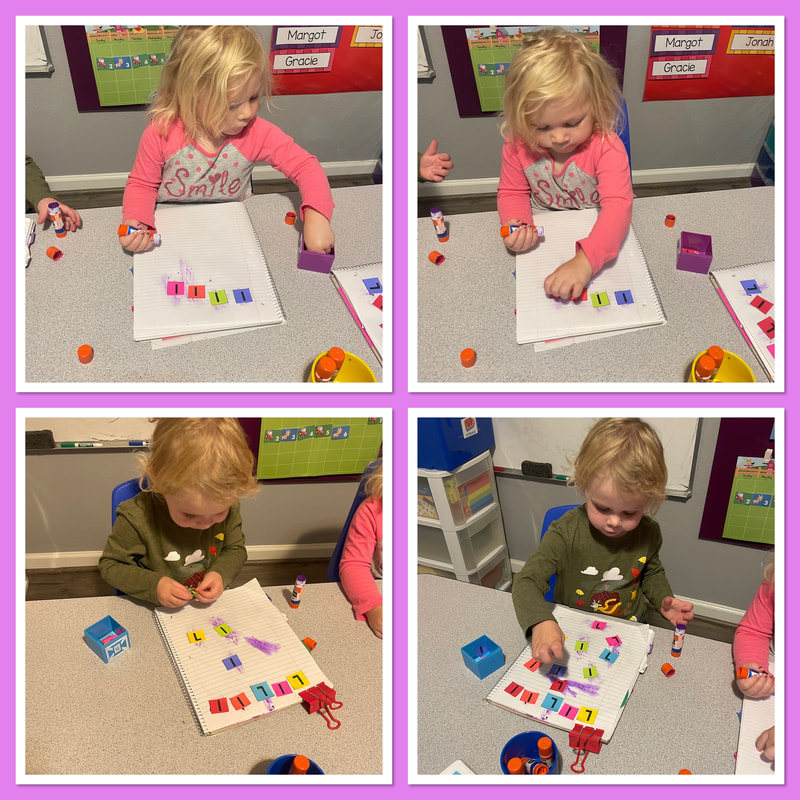

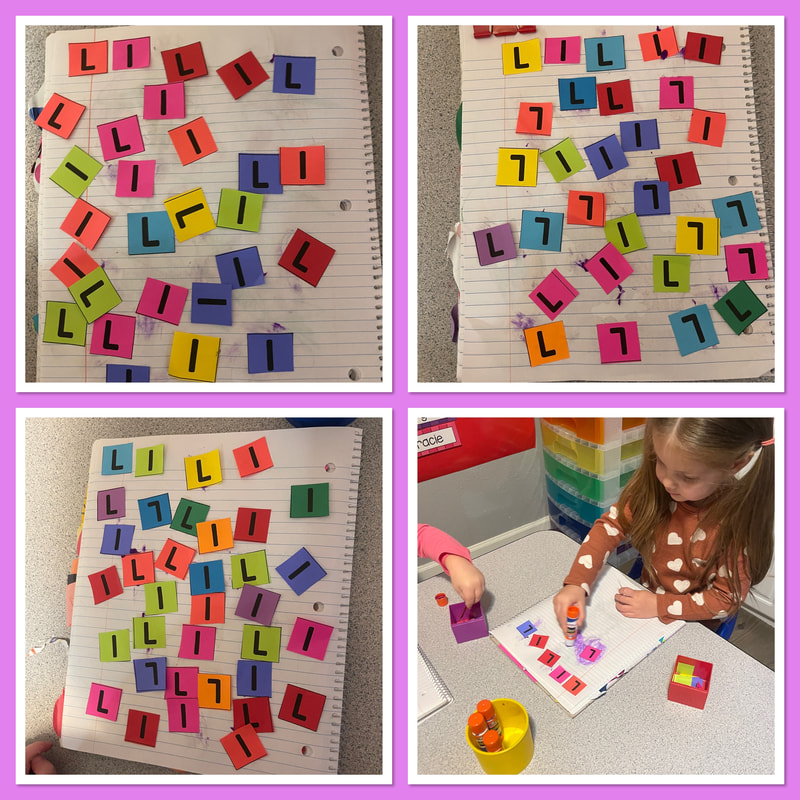


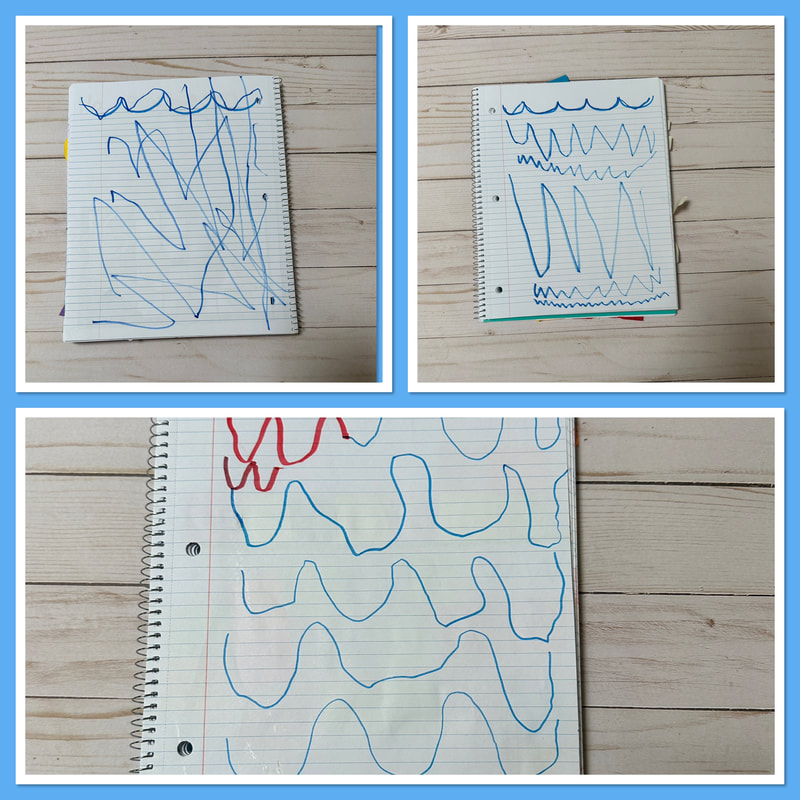
 RSS Feed
RSS Feed